|
On the weekend, I helped out at this workshop, and was really impressed by the material and passion the guys in Dublin have. A big thank you to Leinster Club and Harry for inviting me along, and for your hospitality & a great weekend. The club has only existed for 4 years, yet 10 guys with great material and loads of enthusiasm turned up & did some fantastic work, and with Harry took their trees forward to the next stage. A huge Berberis with some beautiful natural deadwood The best Hawthorne raft material I've ever seen. The owner wanted to move it from a training pot to this slab pot, and to solve the issue that some trunks hide others. After much discussion and different ideas from everyone, it was re-potted with the centre raised, and the front opened up. This will make for an incredible tree. A huge Hornbeam that had an 'Owls's face' that just wouldn't stop staring at the owner, Owen. Some more great trees .. I also got to meet a talented bonsai and accent potter that I have been aware of for a while thanks to Ian at Bonsaieeijit.com. This is the work of Maciej of Magic Cermamics. He also loves his trees, and is a really nice guy! Thanks again to Leinster Bonsai Club!
2 Comments
When I acquired this tree from Harry, it had been 2 years since it had been dug up. These photos, taken by Harry Harrington, show the tree's development from May 2015 to August 2016. Height 20:/49cm, trunk base 11"/27cm. Currently potted in a vintage green Shuhu pot. These photos were taken in 2014 in Spain I believe, and the tree was collected / dug up the year before. In 2015, the tree was wired and de-wired twice. To build a start building a ramified branch structure with dense foliage pads, I let shoots extend some to thicken and produce energy for the tree, then cut them back hard to 2 pairs of leaves, to promote the opposing side buds to develop into bifurcated (forked) shoots. Another technique is to strip the inner leaves of a long shoot, thus encouraging buds down the shoot to extend into side shoots. I lost one branch which I snapped during the second styling - but not a problem, more a 'happy accident', as some say! Bonsai design and building is a never ending process, and new growth is always needed to replace dead branches, or those that have lost proportion. Some carving with HH, to introduce taper into the thick top 'stump', and to give an aged effect to this part of the tree. This is the first stage, the rough work - now the tree will season, dry out, and start to become naturally weathered by the elements. Next year more detailed carving will be done. The tree has been wired (and de-wired) three times now, and although there is along way to go, I am happy with the progress, and have loved the journey so far!
On arriving at Noelanders on Saturday morning, I was overjoyed to discover that the two pots I had my eye on, by Andy of Stone Monkey Ceramics, had not yet been snapped up! Andy had hidden them from the traders during Friday's set up; a smart move, as I'm sure there would have been little left come the start of the show! In addition to these fantastic pieces, I couldn't resist bringing home these 3 superb Stone Monkey accent pots. I believe his lovely and very talented wife Marie helps/makes these. Andy's stall had a constant buzz of admirers gathering up his wares. He recently won gold in the un-glazed category of the 40th Gafu-ten, and I was fortunate enough to meet him recently at Maidstone bonsai society meeting, where he gave a very insightful talk on pots & selection called '50% of the enigma'; a lovely bloke and a superb artist! The above pot is by Makisada ceramics of Belgium. Jurgen & Veerle were kind enough to bring this along to Noelanders for me, which was much appreciated! I was looking forward to meeting them, as I recently acquired the next 2 pots from them, which ooze quality and attention to detail and are amongst my favourites; great guys! Another ceramic artist I wanted to meet was Thor Holvila, Sweden. I had recently acquired a couple of his pots and I love his rugged masculine pots and glazes. The first of these is a 'Nidhogg Dragon pot', which depicts the world tree Yggdrassil as guarded by the dragon snake Nidhogg. The design is based on an old Scandinavian pot from the 12th Century. And finally, although unfortunately not at Noelanders, a post on my favourite pots would not be complete without some of Vic's pots from Erin pottery. The first will house a large Arakawa maple, and the last a Pyracantha. . This tree i recently acquired had quite long primary branches, and if I tried to build ramification (branching structure) without first pruning them, the tree would become even wider and taller, which would be disproportional to the trunk width. The tree therefore was pruned back quite hard, so the ramification building process can start. In addition, unwanted branches which offer nothing to the final design were removed. The tree was then wired and styled. Although the movement of the tree was to the right, the main branch was to the left, so this was removed and the bottom left branch wired down to become the defining branch. The trunk has interest and movement but now had a few new wounds from branch removal, and some old scars where the heartwood had started rotting (and a scar where the wind blew my poly-tunnel bench over). The rotten deadwood was first removed with a 'bonsai nibbler' bit in a Makita die grinder, and branch some stubs and wounds were also hollowed out.
A large deadwood area above the now lowest branches was rotten to quite a depth. This area also happened to be an area of the trunk which displayed inverse taper. By hollowing it out, and opening some delicate 'windows' to the sides, the inverse taper becomes less evident to the eye, as it now has less 'visual weight'. Smaller holes were made with a smaller router bit on a Dremmel grinder, such as those towards the top of the tree. The rough carvings were then singed to remove fluffy bits of wood, then a rotary wire brush bit in a Dremmel was used to add the finer detail. The inside of the uros (hollows) were then painted with black paint to add depth to the work. The tree's great movement is more evident, with the main defining branch setting the flow of direction of the tree. From the front view, the subtle indications of rotten hollows further adds to the intrigue and maturity of the tree. The height of the tree will be reduced further either in mid-summer, or next autumn/winter. Azalea 'Hekisui' styling This tree has some beautiful features, and some aspects that could be improved. The tree has a great trunk girth and taper, and little nebari (surface roof flair). The lower two branches however are surplus to requirement and hide the trunk, making the bonsai look more like a bush than a tree. Originally, these branches would not have been part of the design of the tree, but were grown as 'sacrificial' branches, in order to thicken the trunk. As they have now served their purpose, they can be removed. This however will leave an ugly scar for a few years at least if cut flush to the trunk (or slightly concave to encourage callousing flatter to the trunk). To overcome this problem, the branches were cut off, leaving approximately an inch of stump, which was hollowed from behind, leaving the viewer with a cleaner image when viewed from the front. The tree's trunk leans to the right, however the movement of the tree flows to the left. Although the main defining branch is not in this case the lowest branch (as is usually the case), it is thicker, longer, and is defines the direction of flow or movement of the tree.
Shortening the tree slightly has been discussed, but in any case, the apex is to be styled and grown toward the direction of movement of the tree - and over the apex. Bringing the apex over the base of the tree, or 'center of gravity' creates a balanced image to the tree. This morning (Sunday) I've been at 'The Bonsai Shed' with Andrew Barber, hiding from the rain! After a good cup of coffee, we got to work, him carving, repotting & styling a large Chinese Elm belonging to a client of his, and me carving a wisteria I recently acquired, which had two prominent chop stubs. One was near the top of the trunk, and the other from a lower branch. Some of this deadwood had started rotting, and woodlice had gotten behind the bark. Monday morning I visited Harry Harrington again for another training day, and I took this Morus Nigra / Black Mulberry tree to learn about the carving and treatment of deadwood on deciduous trees. The tree had a lot of obvious man made chop marks / stumps, and many stumps of suckers at the base of the trunk. This gave the it a youthful and unnatural look. After examining the position of the stumps and any existing callousing, together with the general movement of the tree, Harry decided on the pattern of carving that would be carried out, to make the most of the trees current features, whilst turning the ugly parts into natural looking uros (hollows / holes). He was conscious not to over-do the carving, so as to end up with holes all over! After removing some calloused edges with a knife, some uros were carved out and joining up in a manner complimentary to the movement of the tree. Various Dremmel and Makita bits were used, then the tree, once finished was painted in the hollows with a black water based paint, to exaggerate this feature. The tree was then pruned, wired and styled for future branch structure development. Overall a fantastic day!
|
To subscribe to my blog, please enter your e-mail address below.
Categories
All
BlogsI will post some pictures and descriptions of how my trees are developing, and any new projects I'm starting. Archives
October 2018
BlogsSome of the blogs I follow with great interest! .. then my favourite ceramic artists!
Bonsai BlogsMy Favourite Ceramic ArtistsUK
P.A.S. Pottery
Erin Pottery
John Pitt
Europe
Jose Antonio Guerao
|
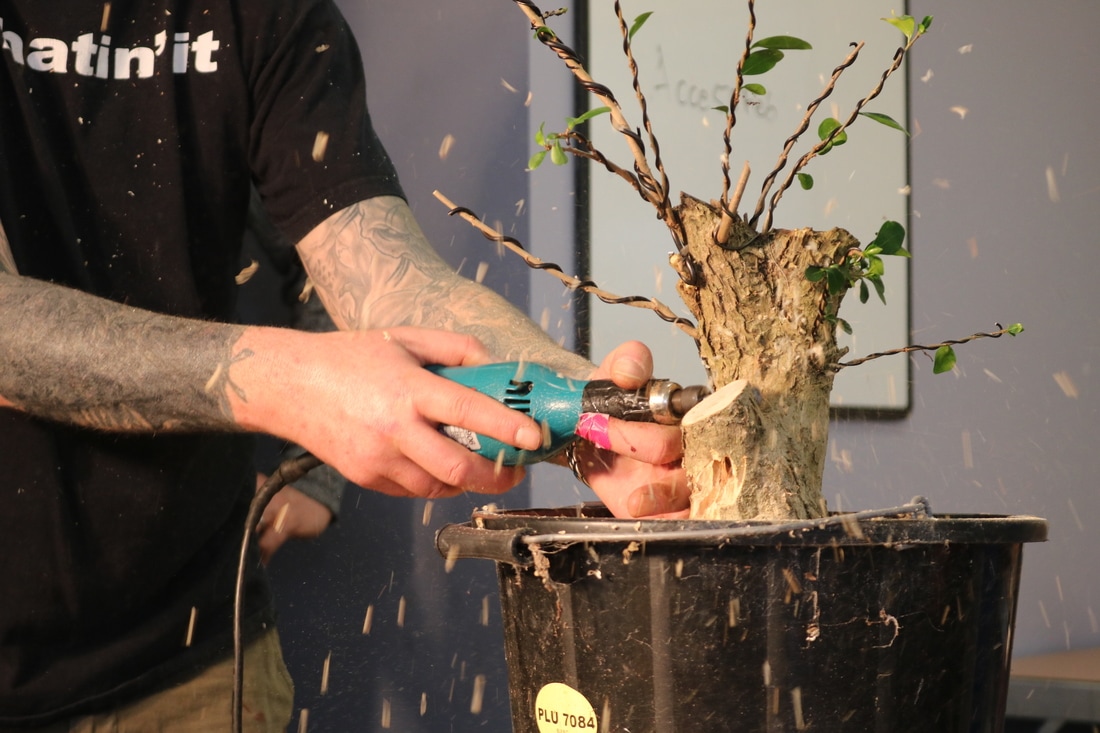
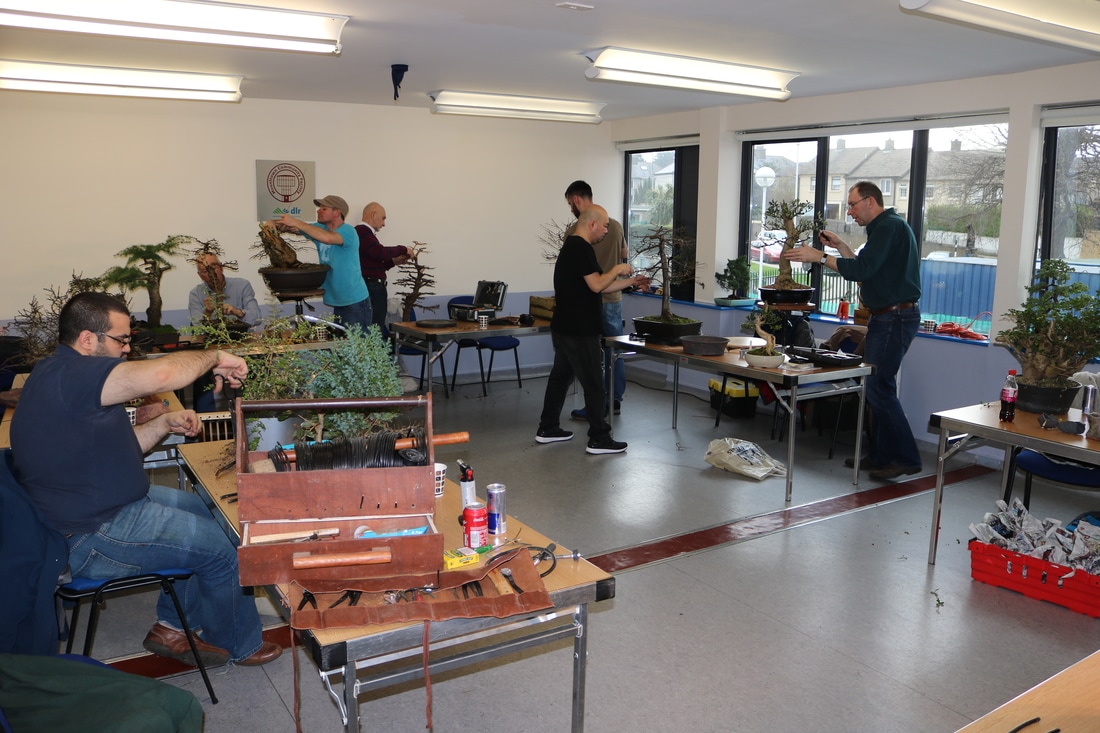
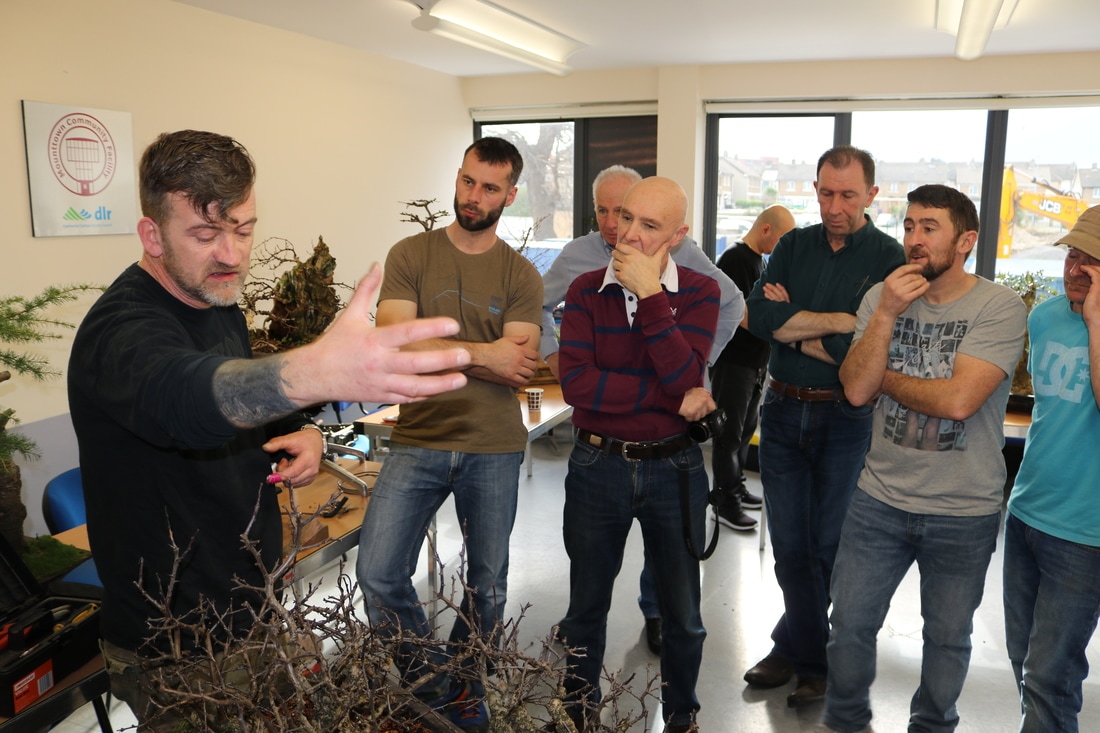
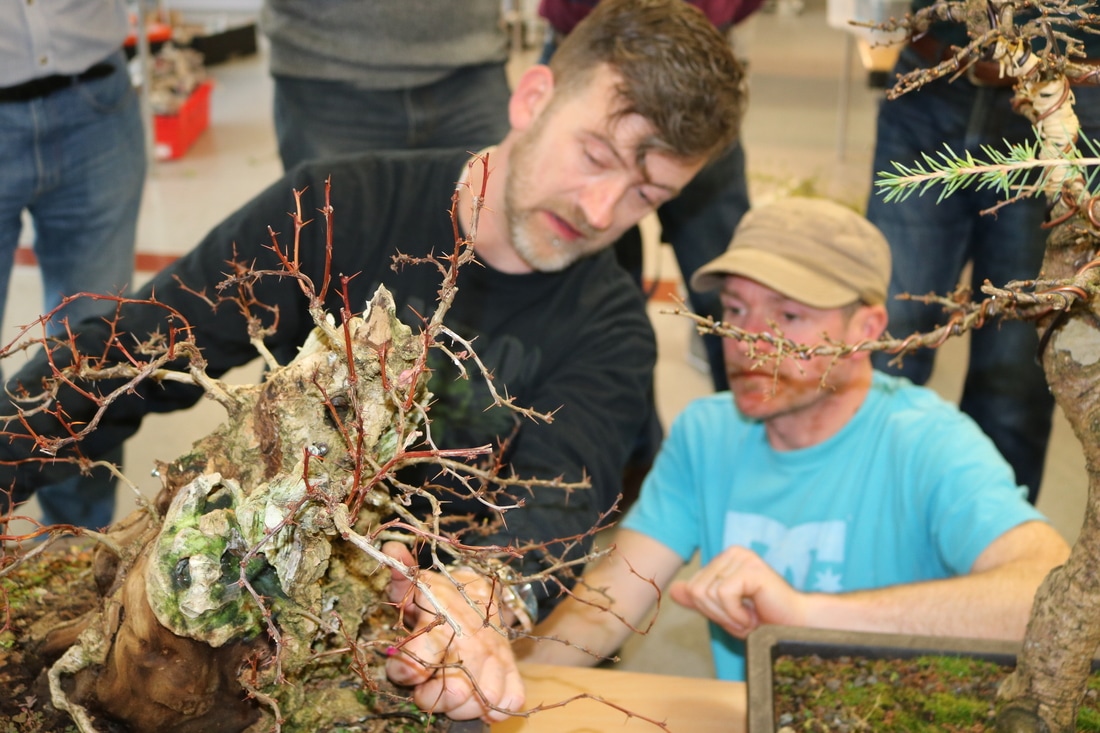
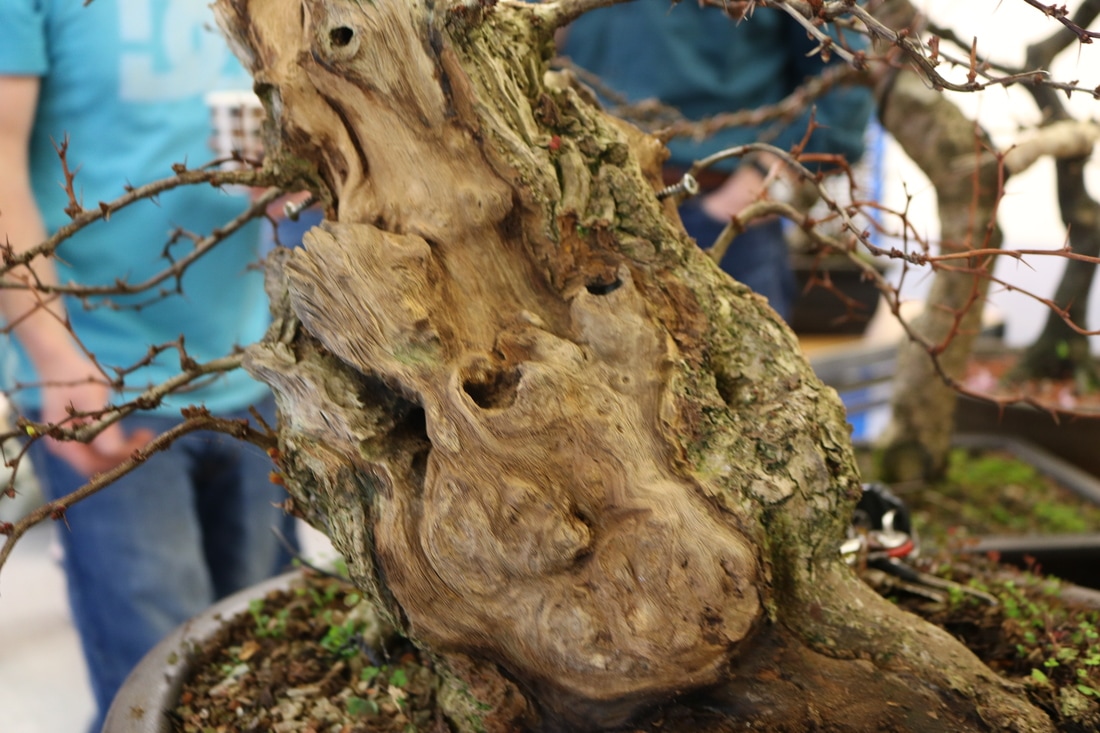
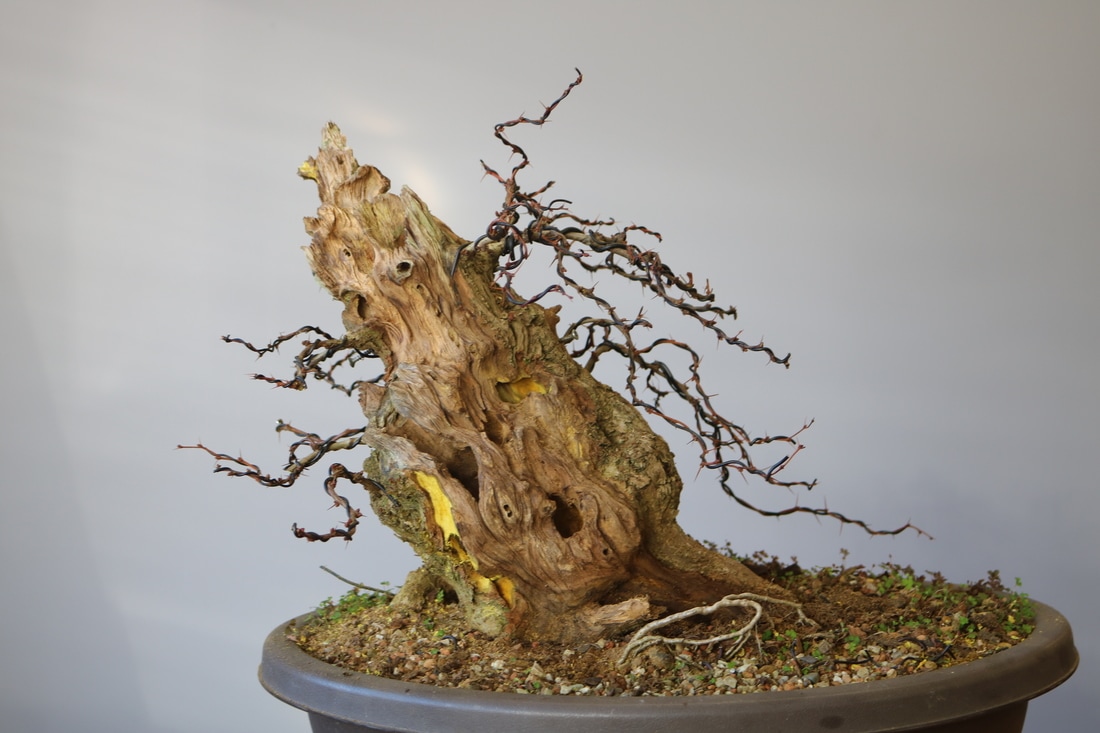
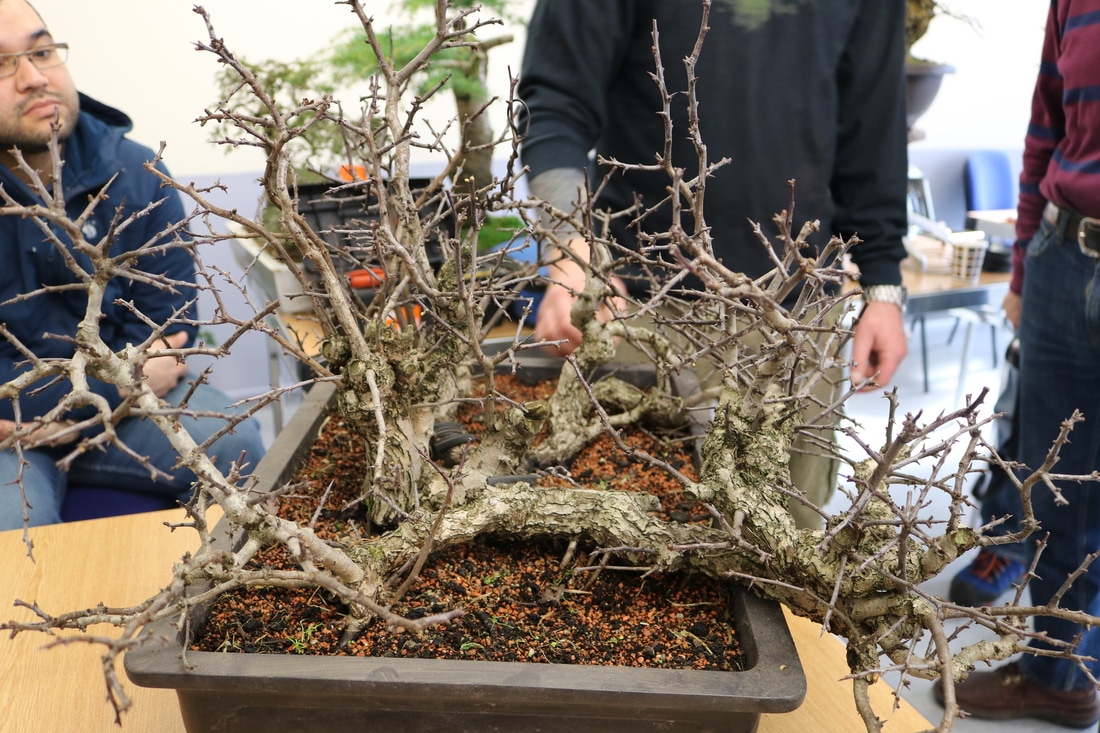
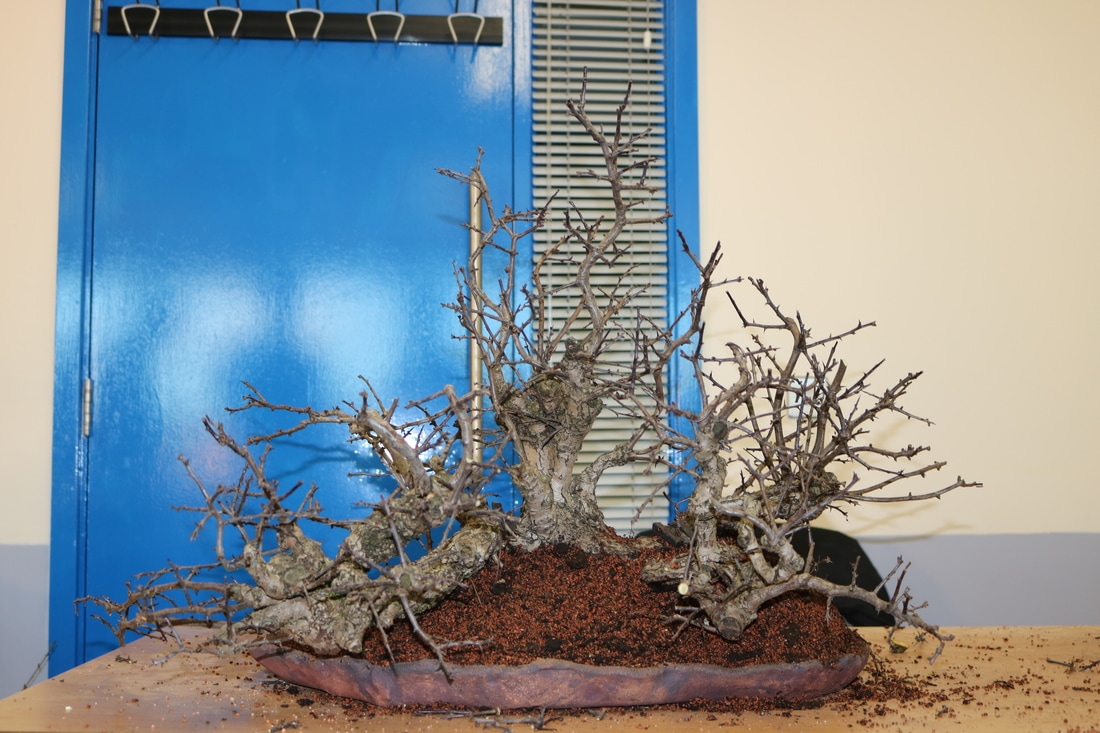
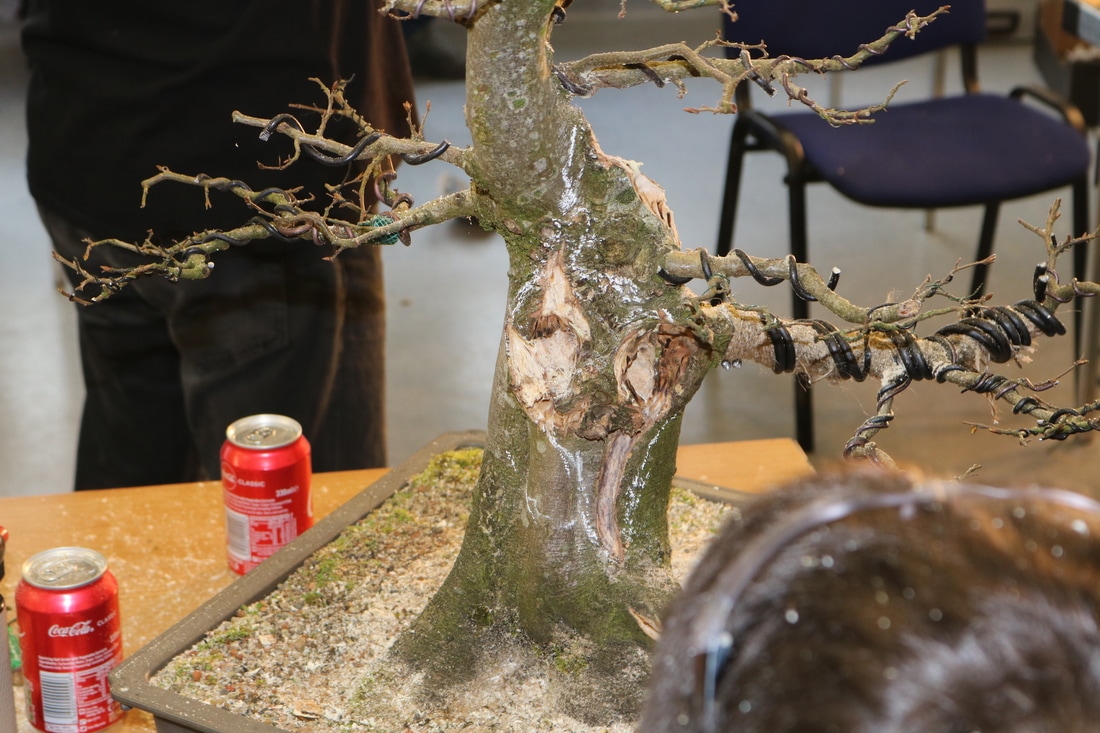
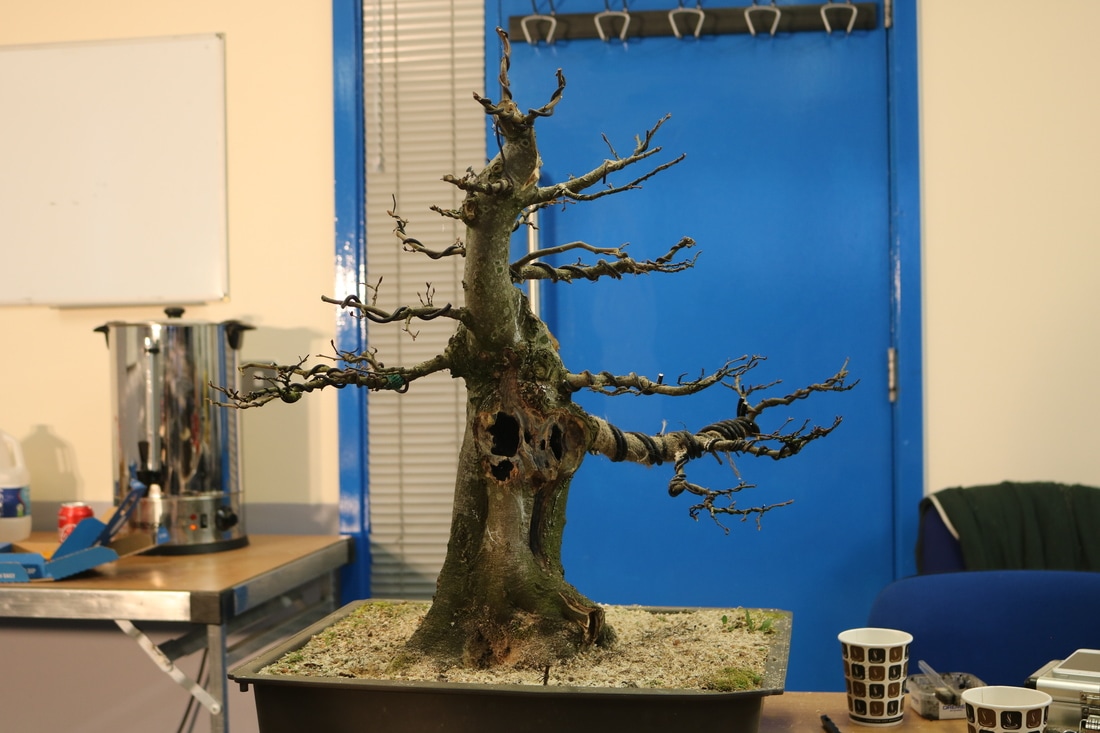
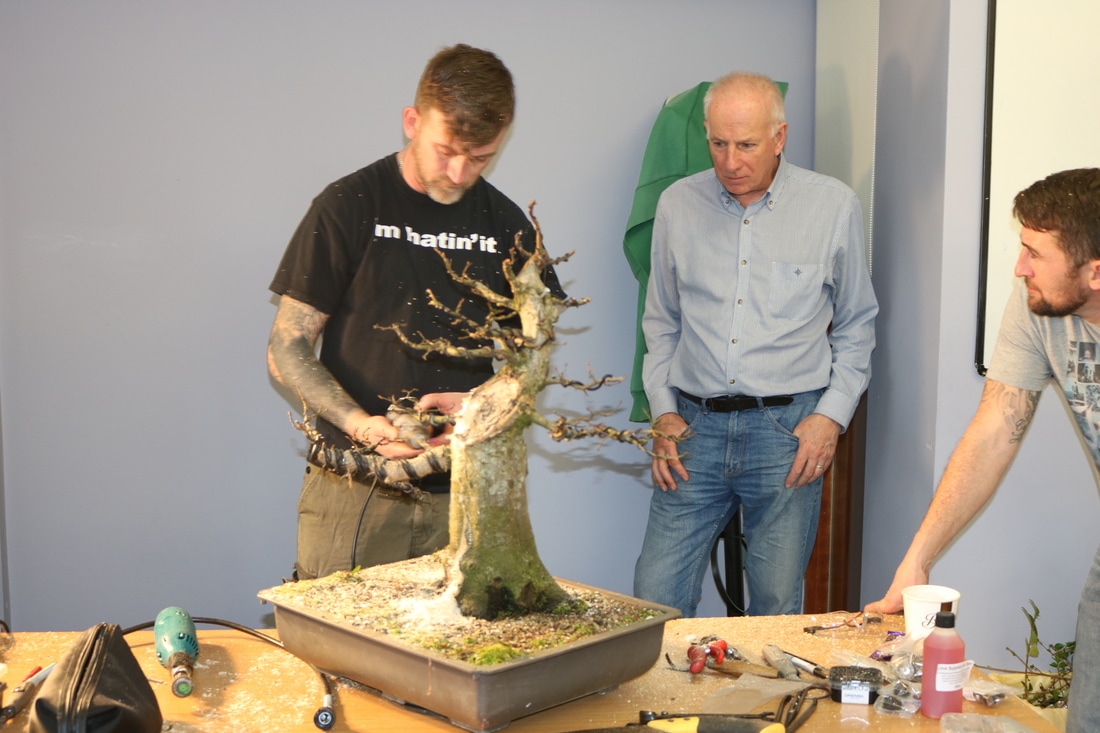
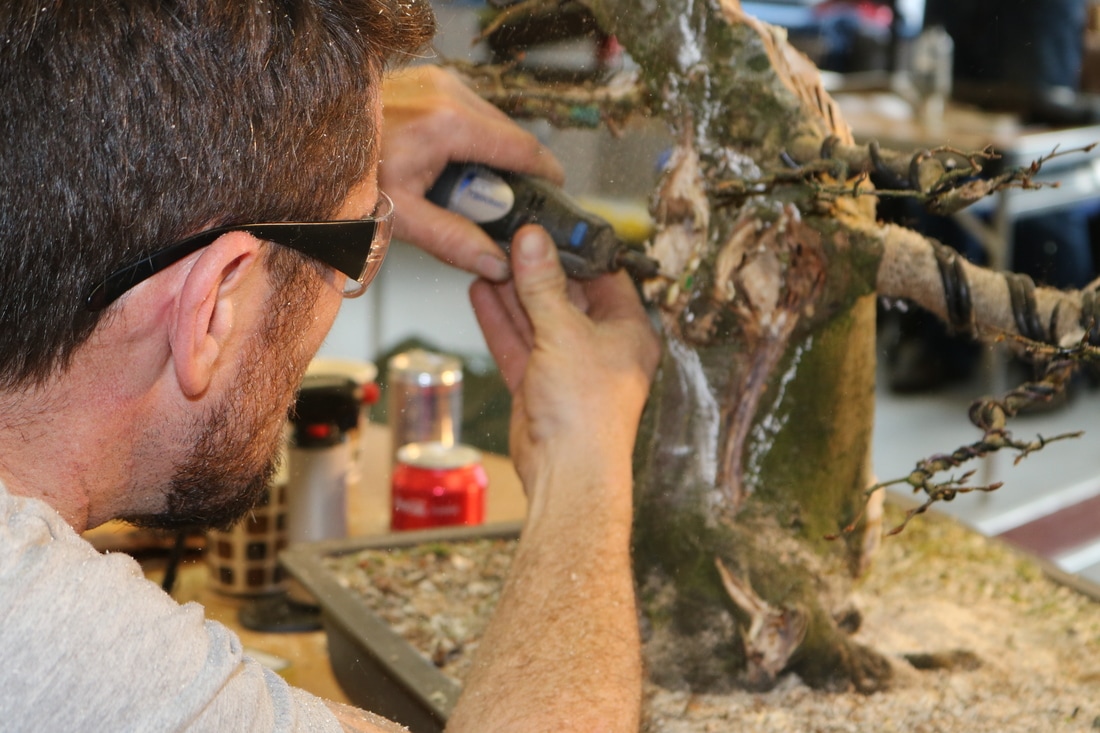
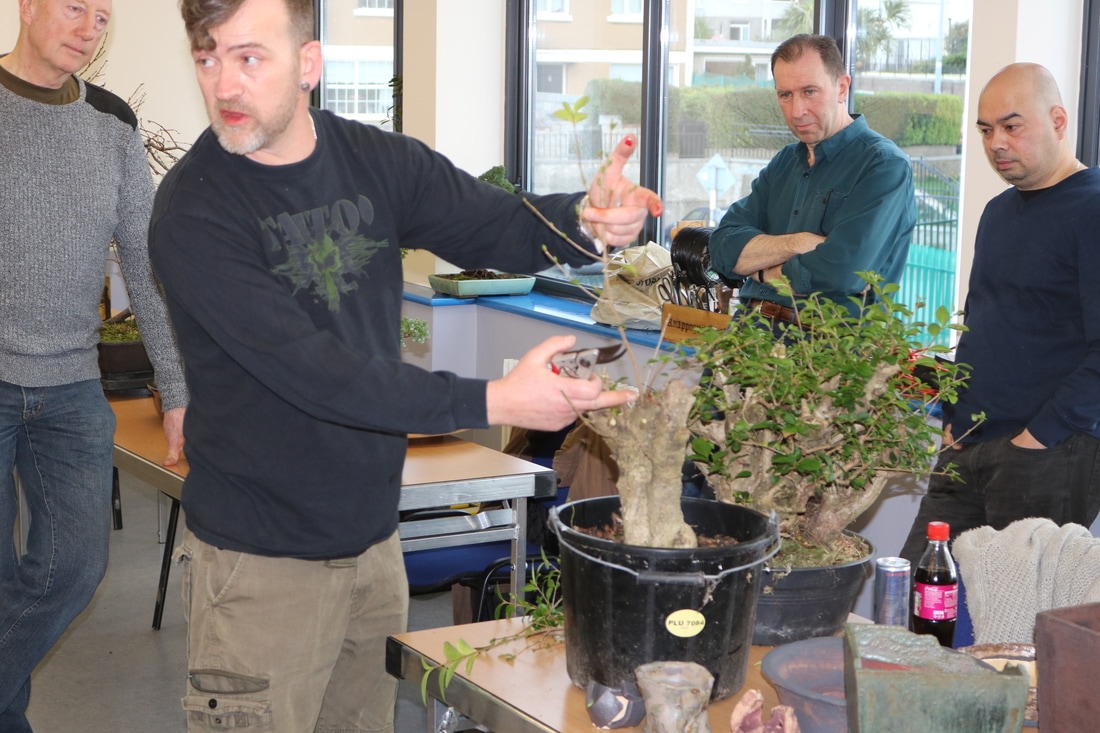
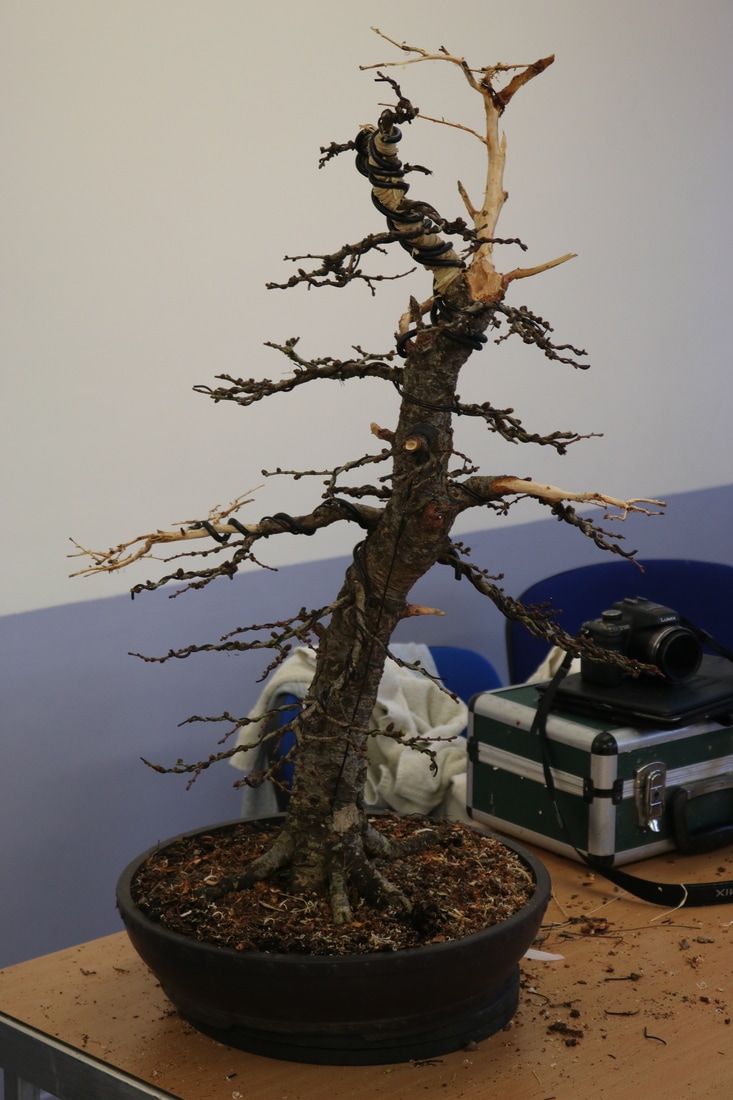
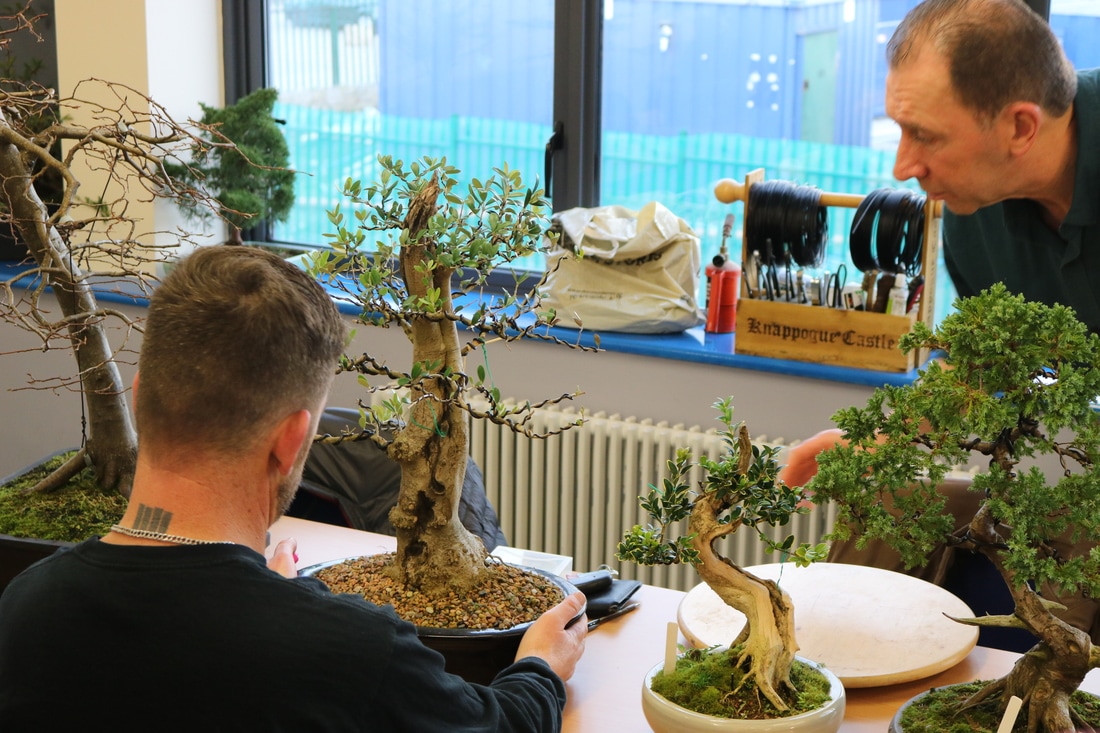
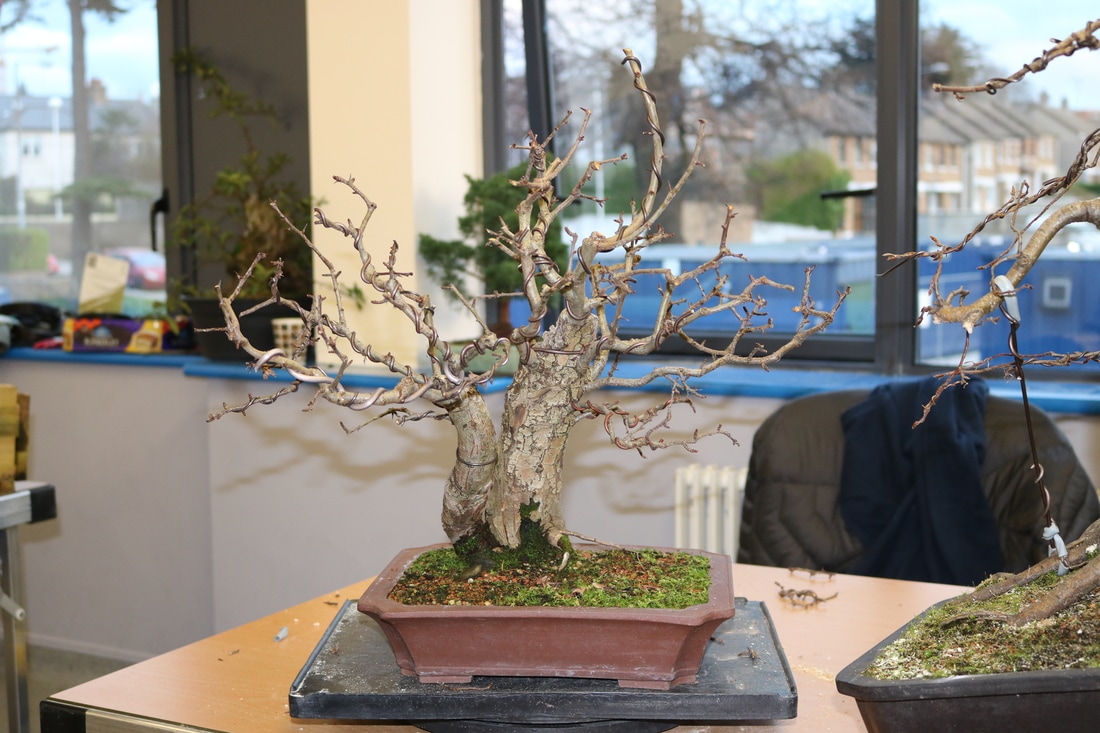
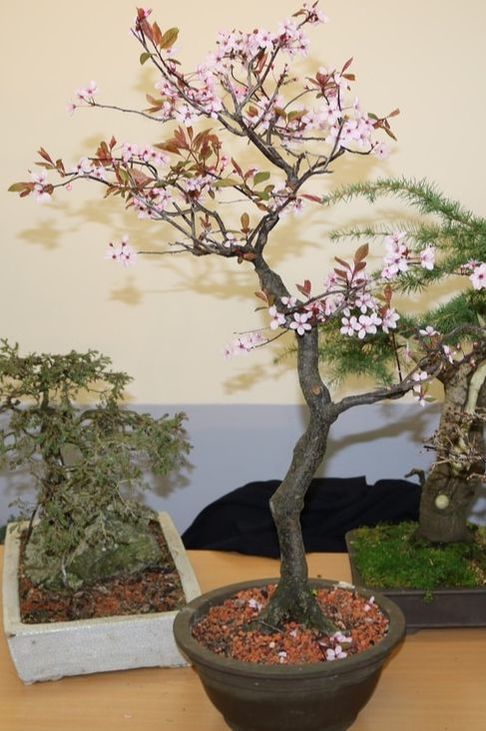
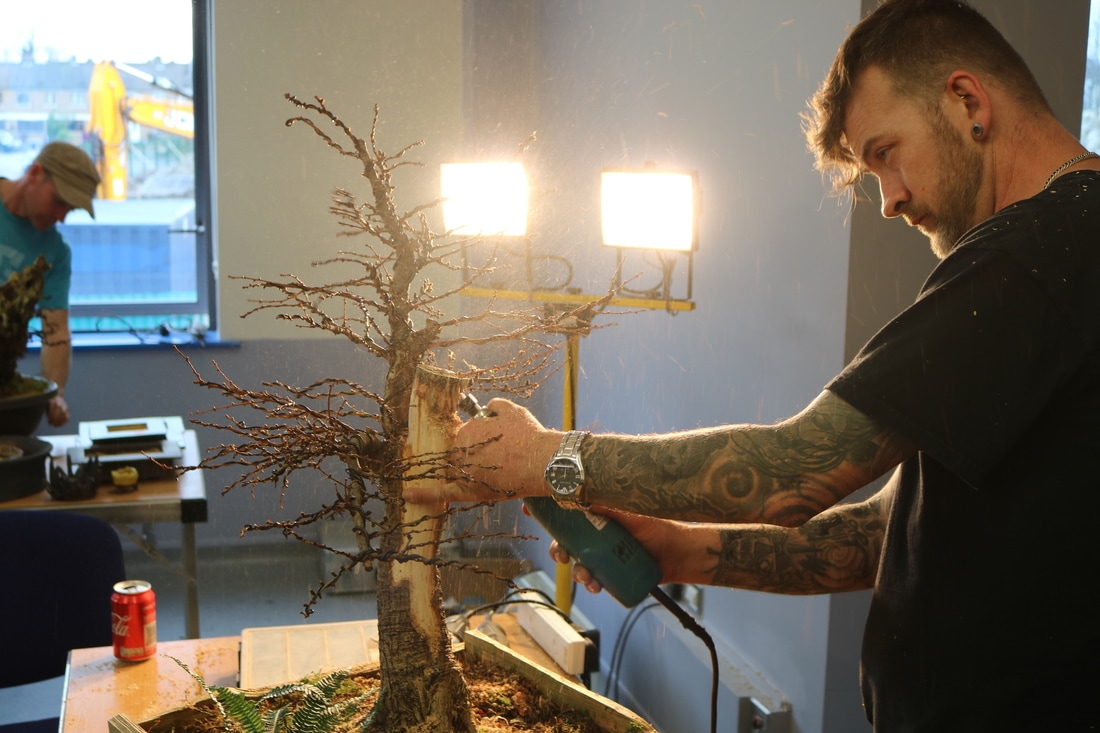
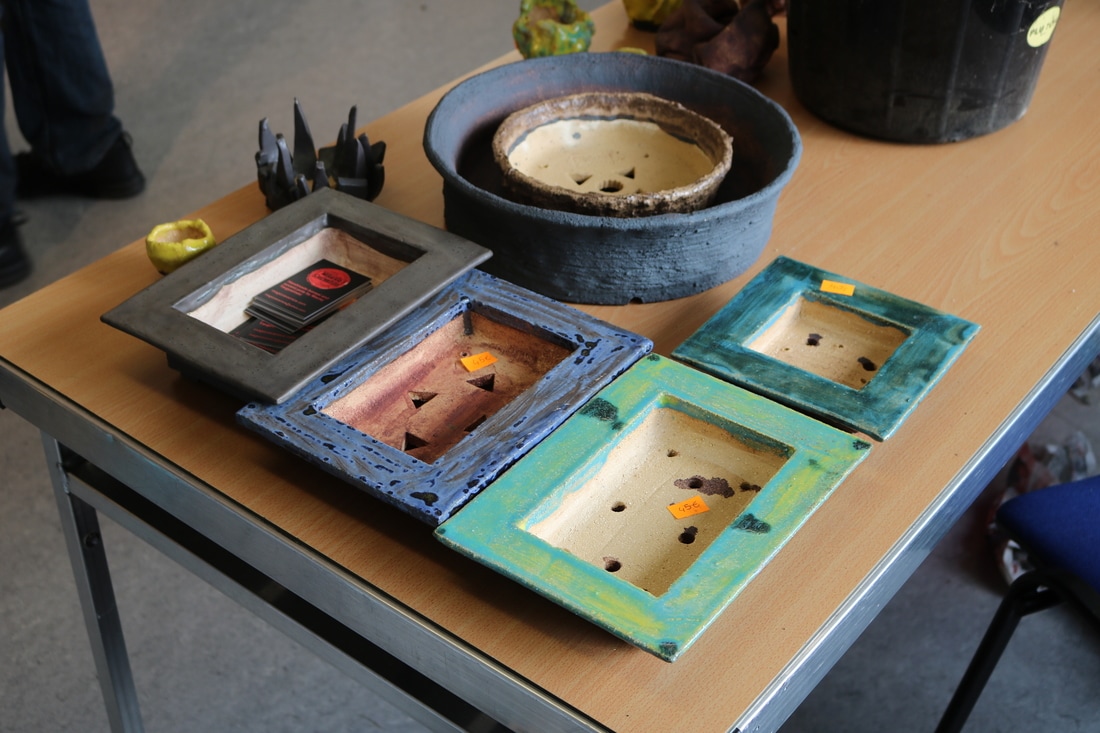
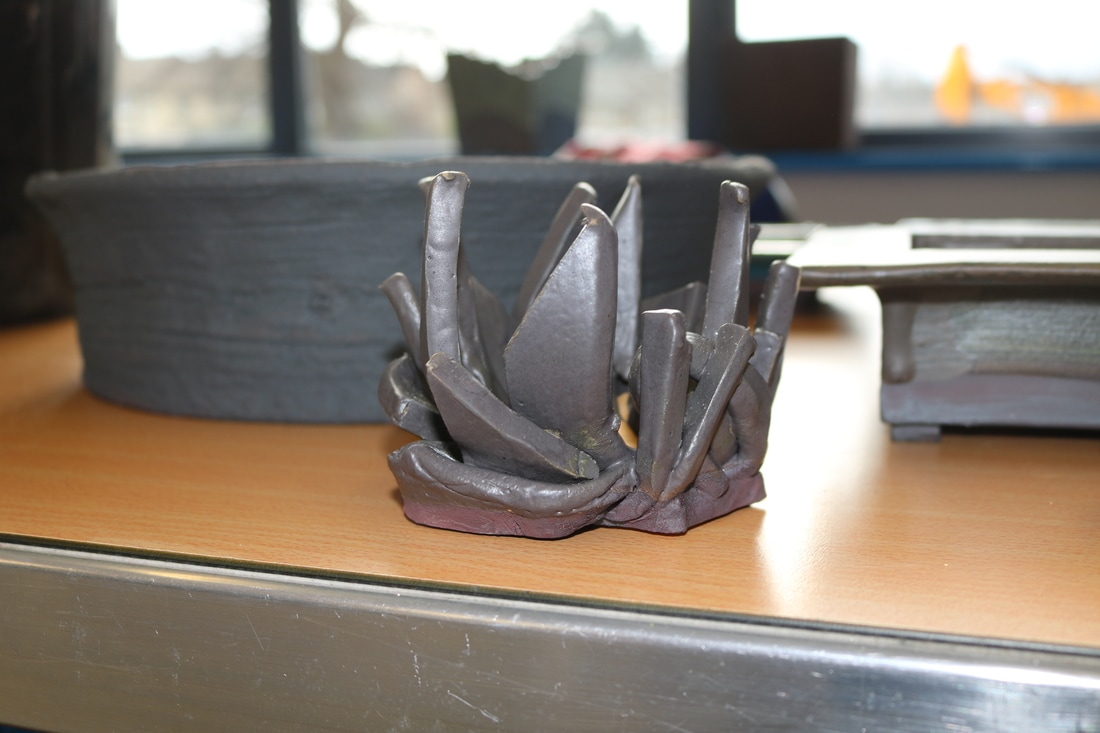

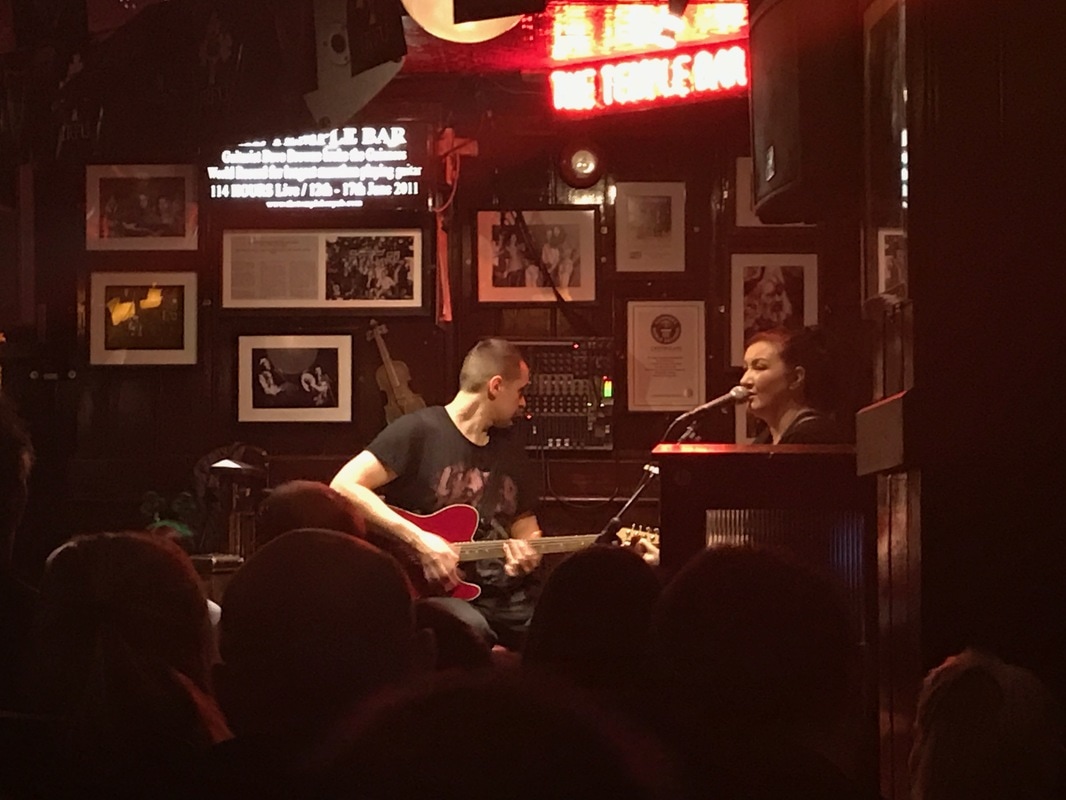
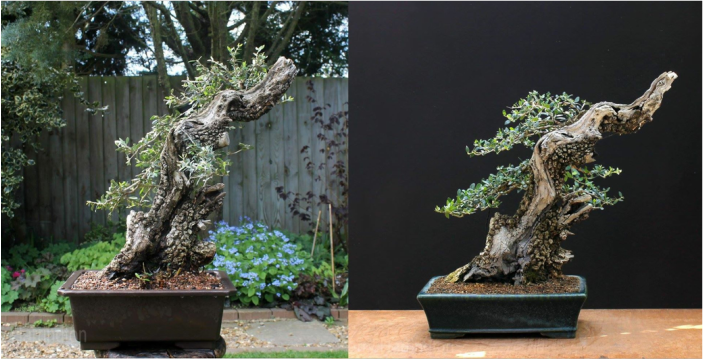
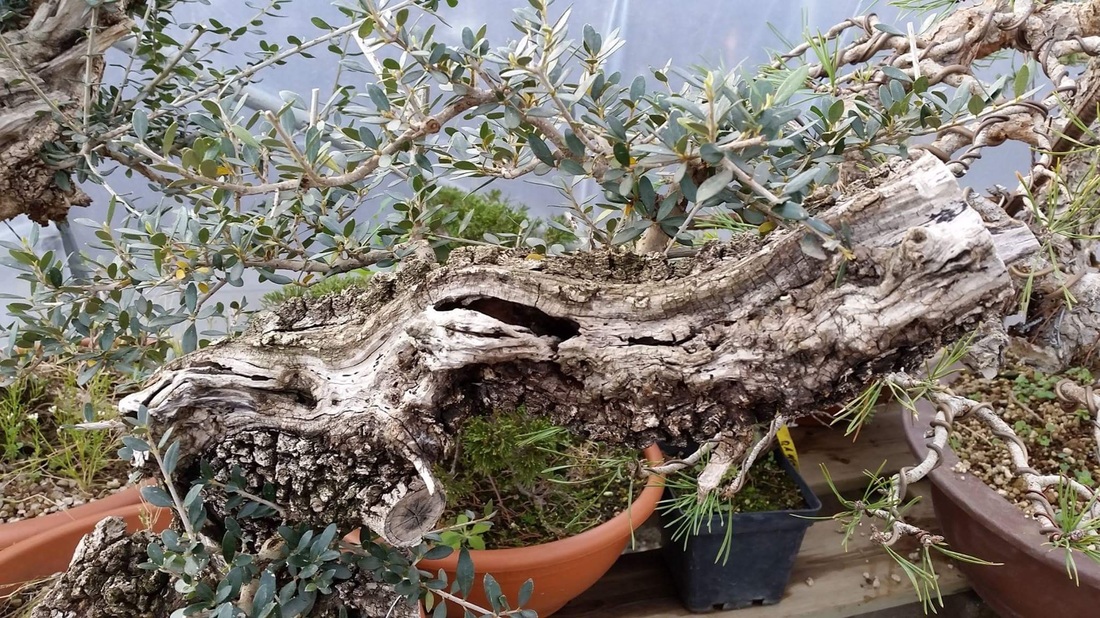
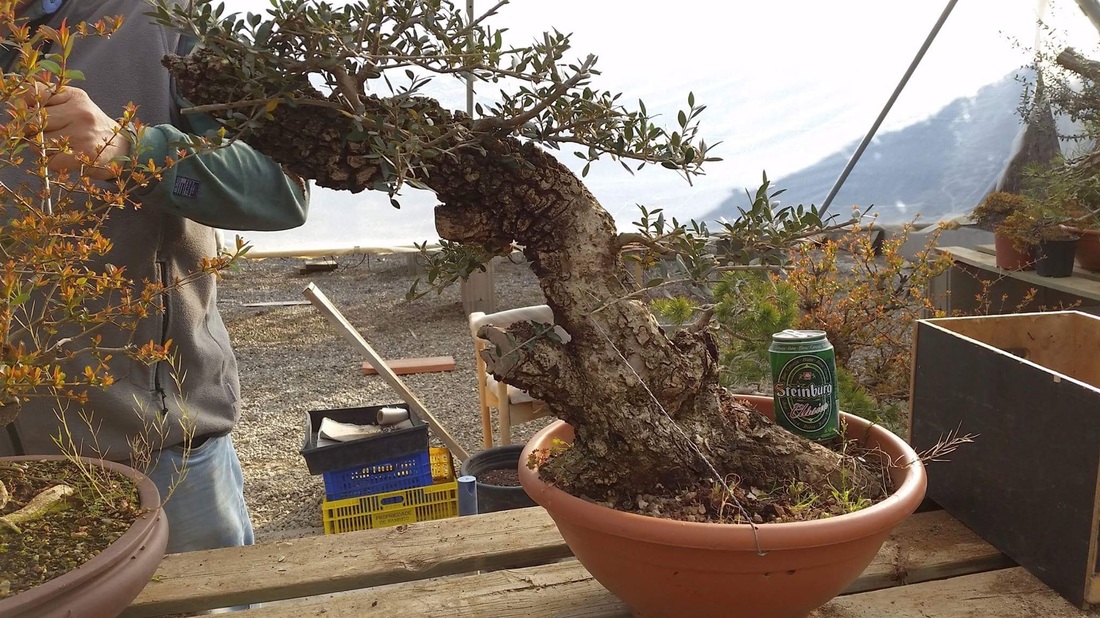
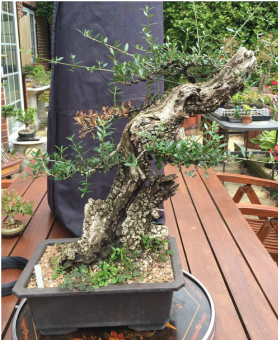
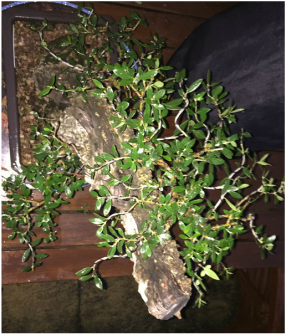
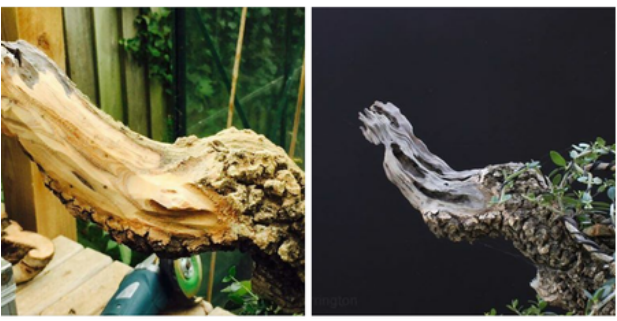
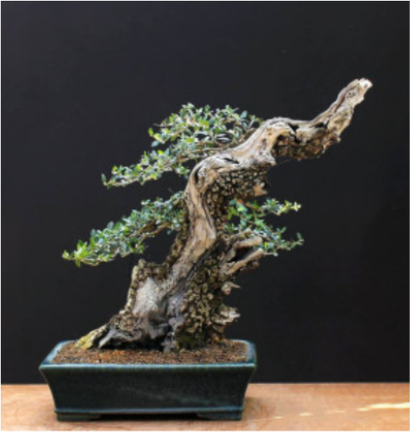
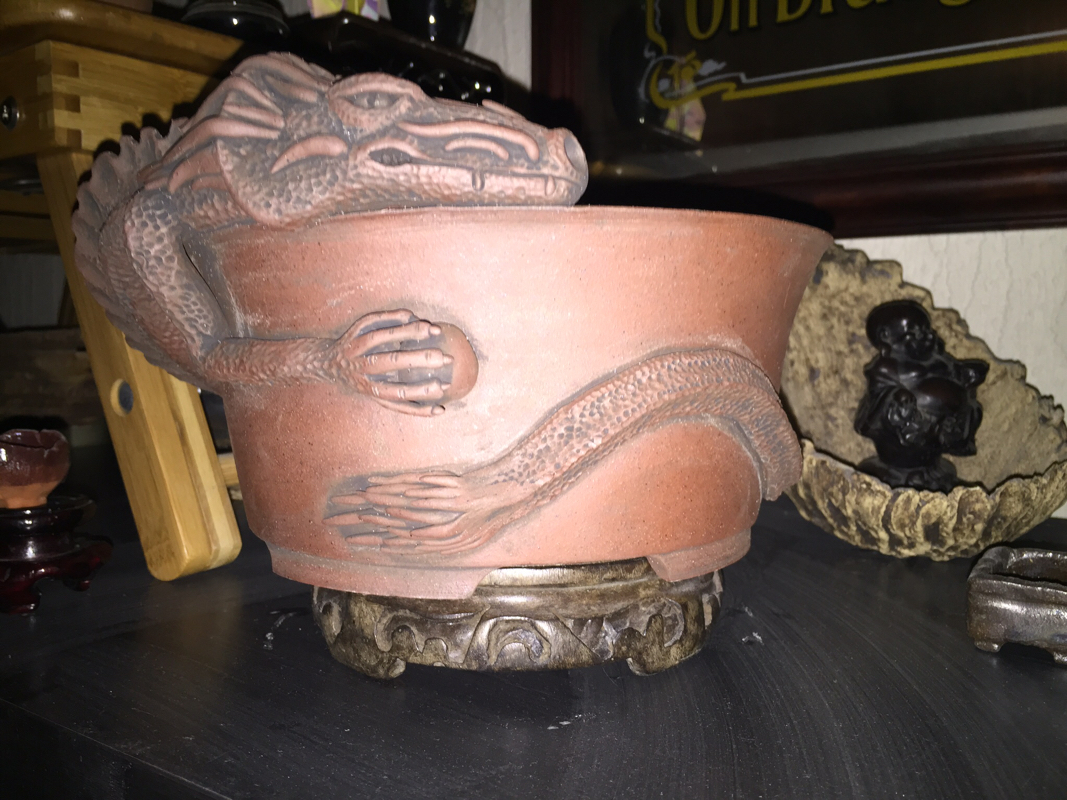
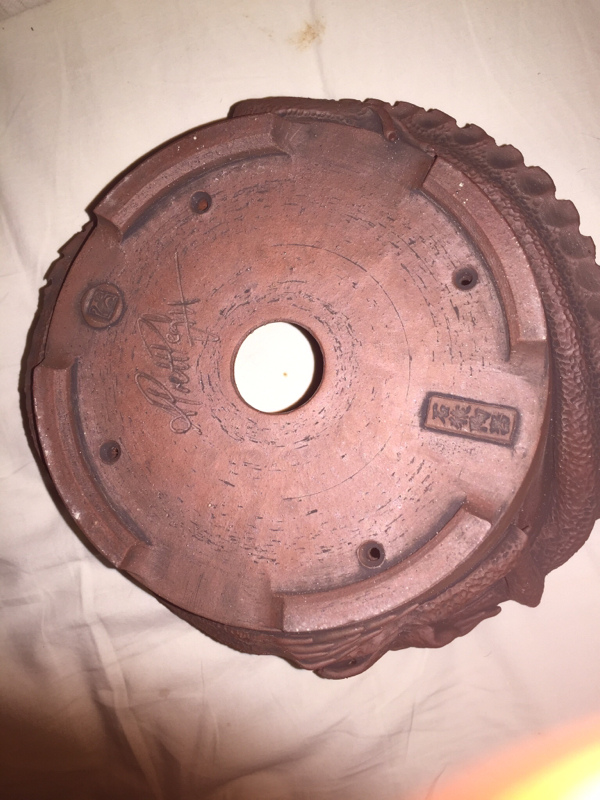
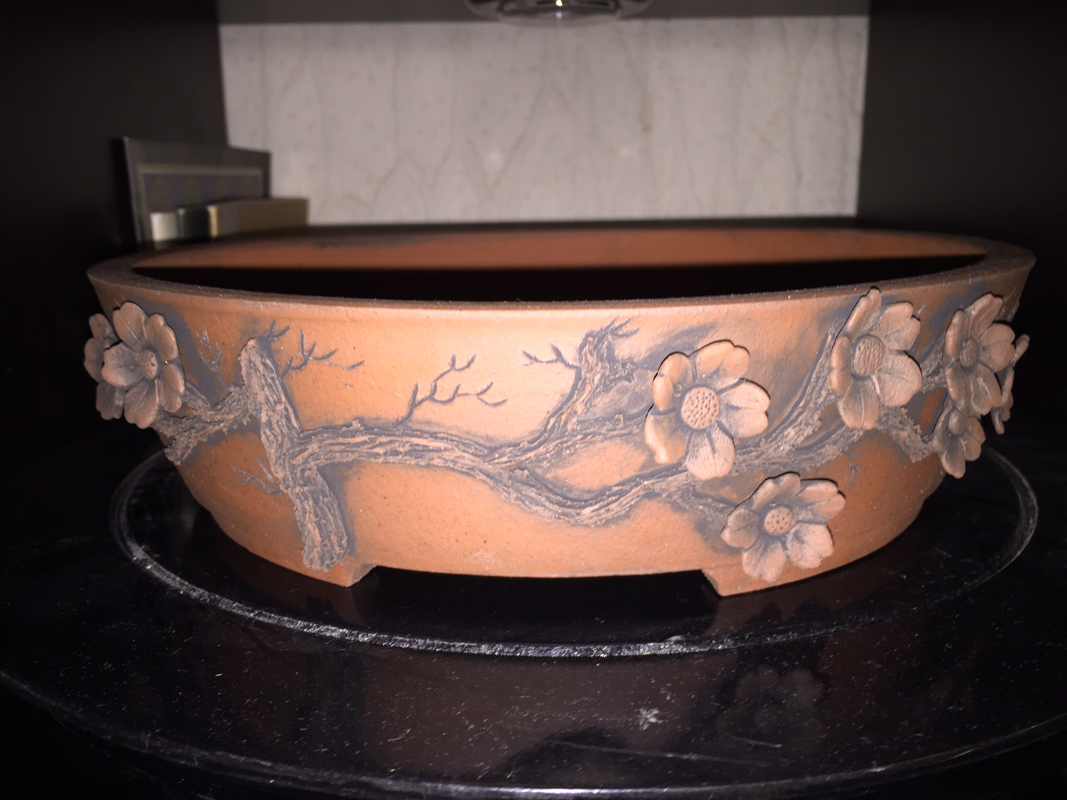
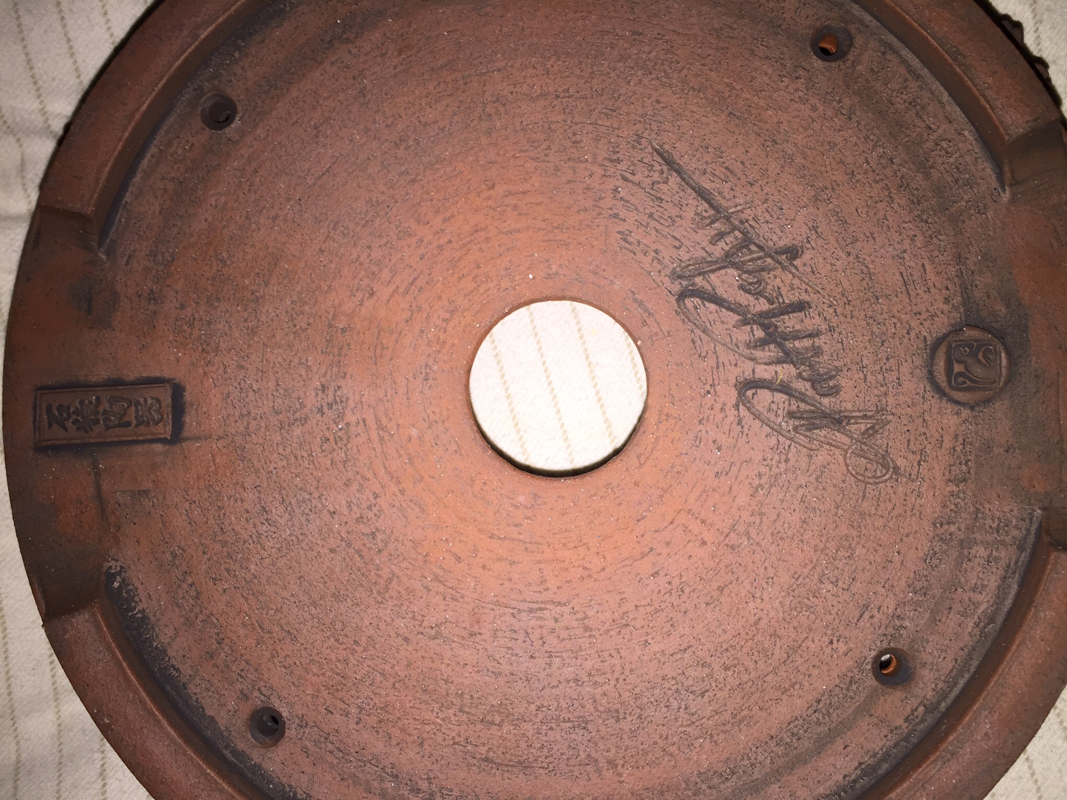
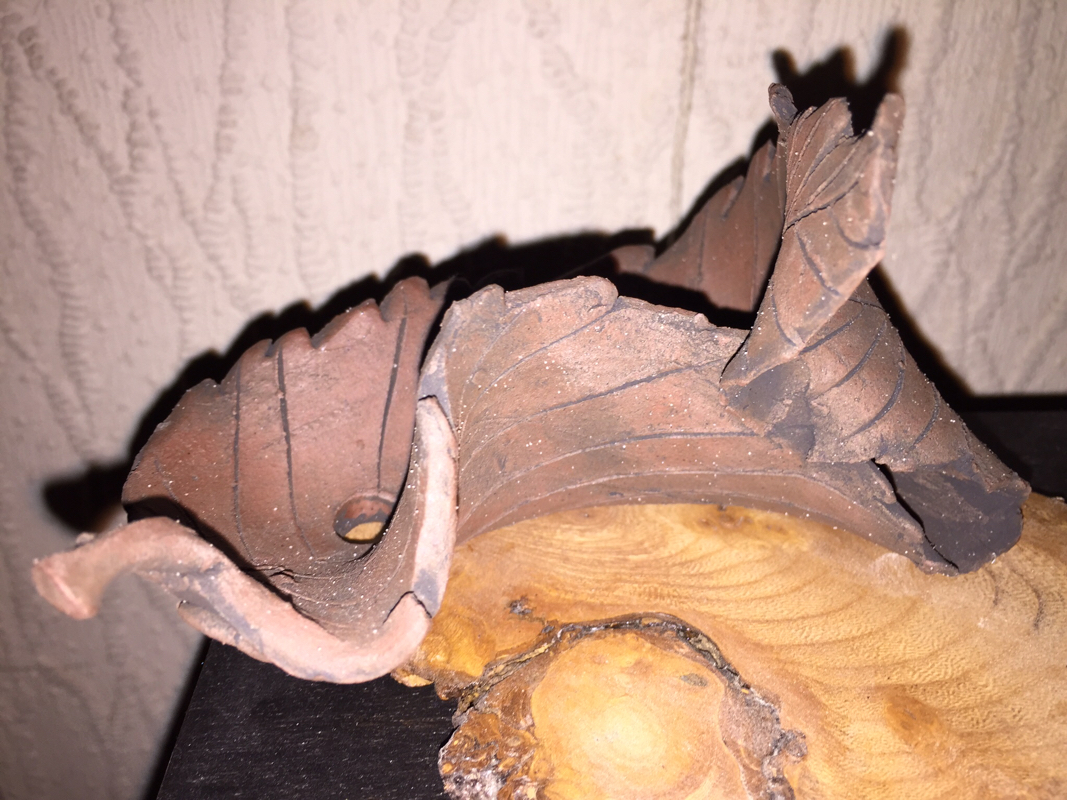
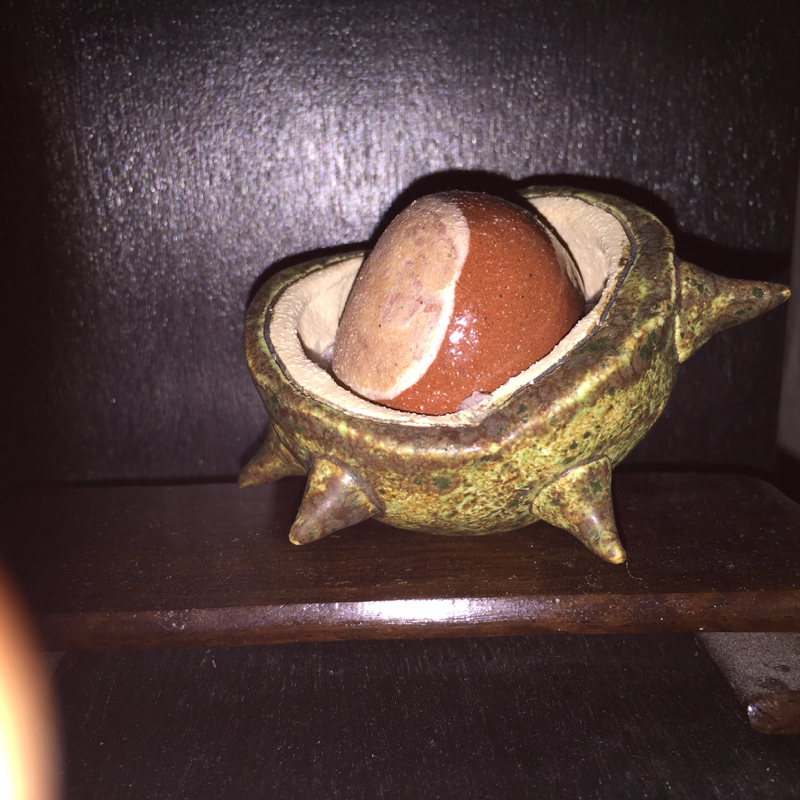
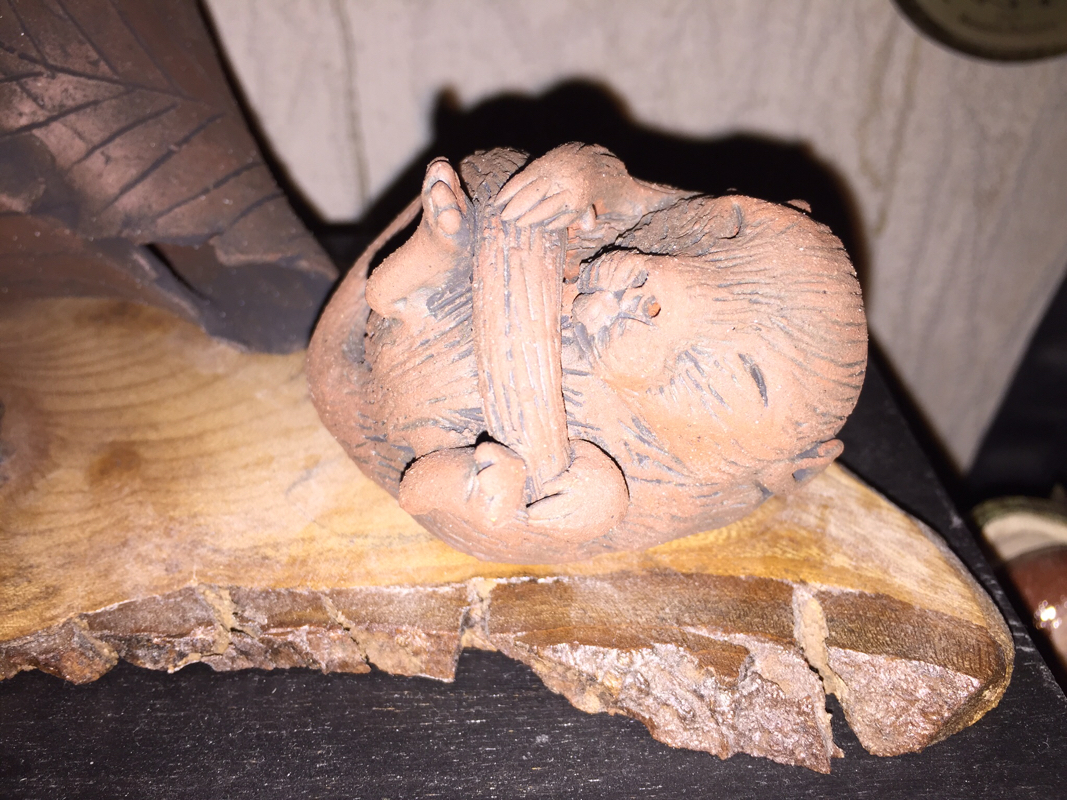
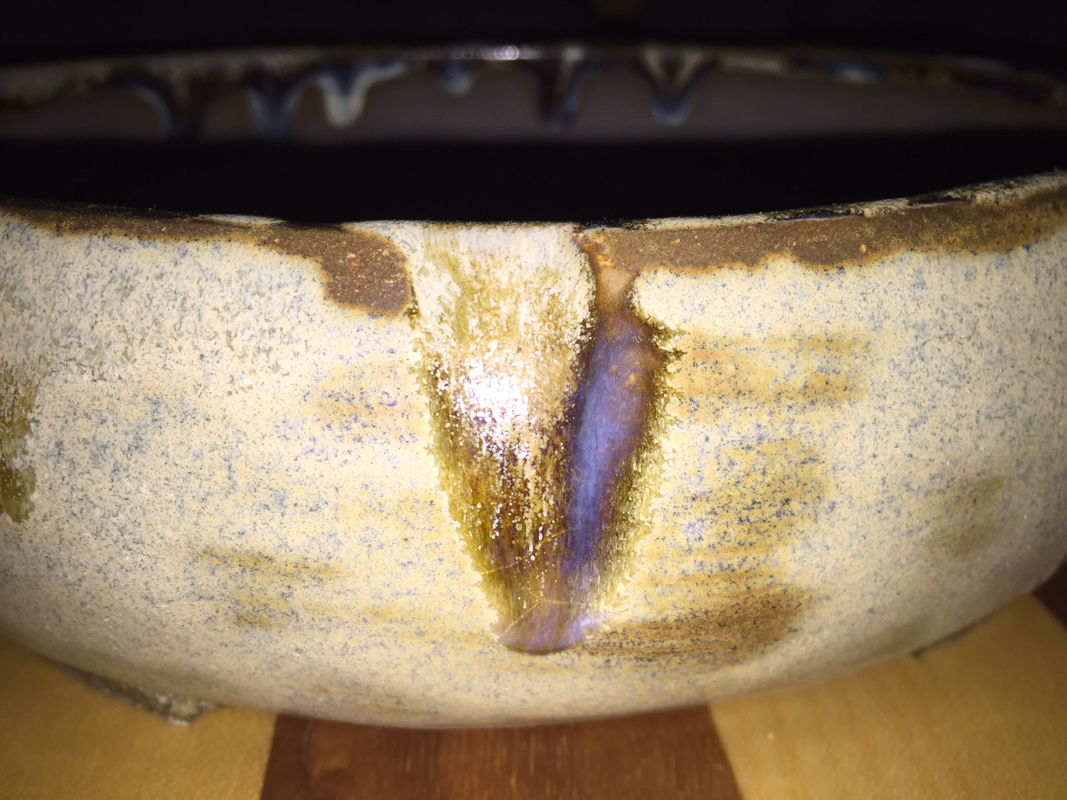
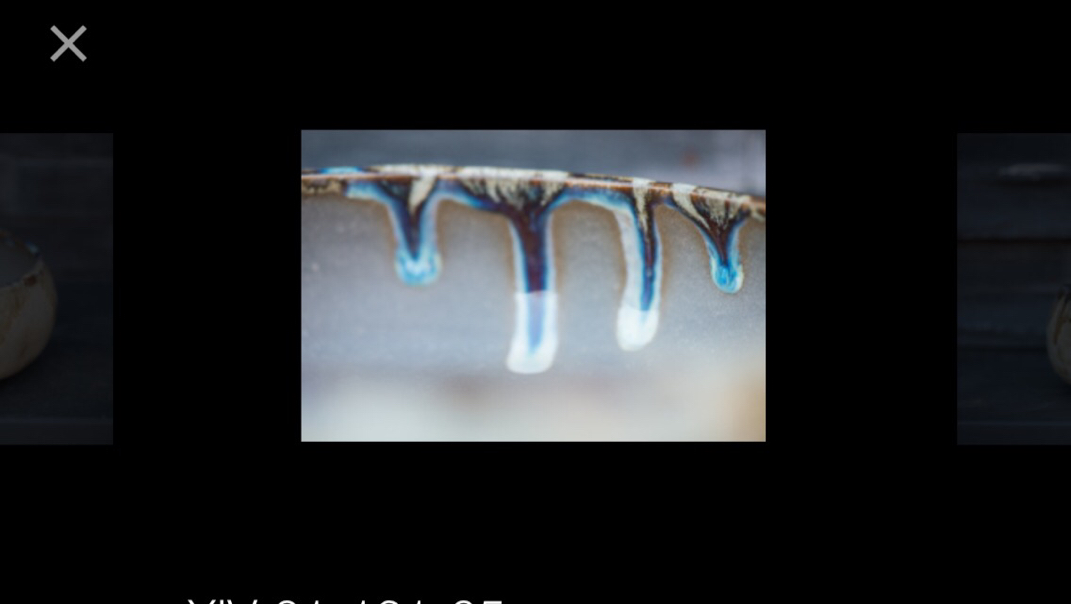
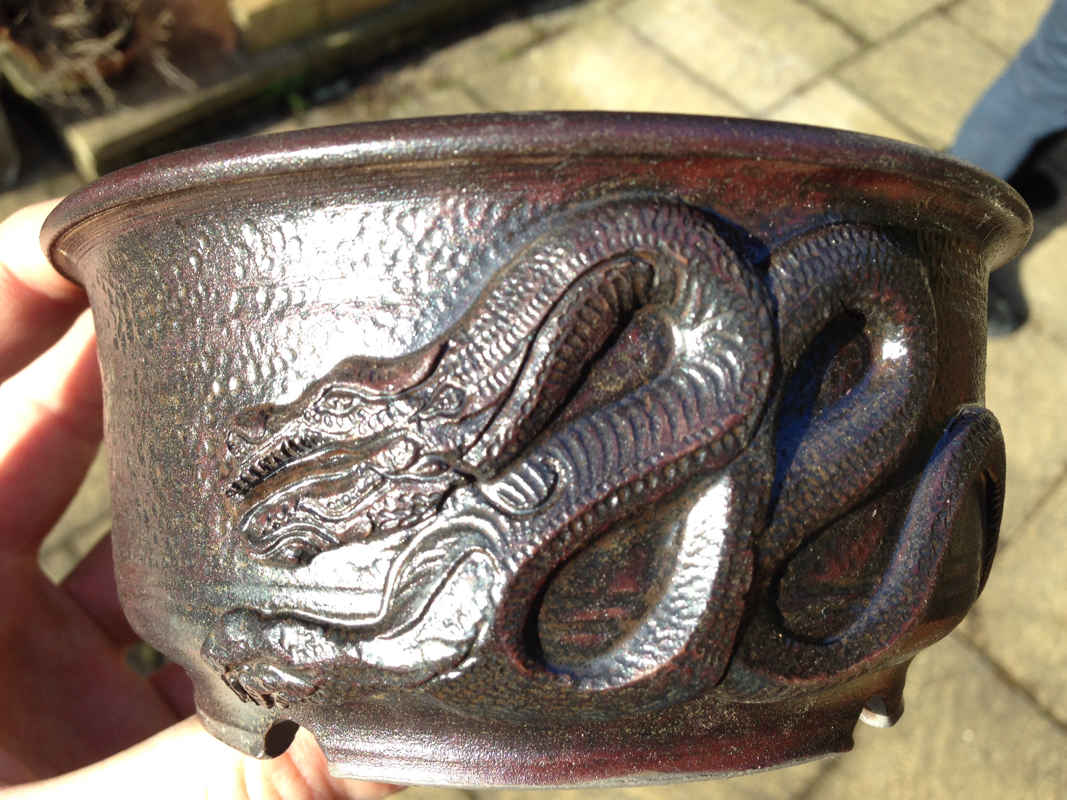
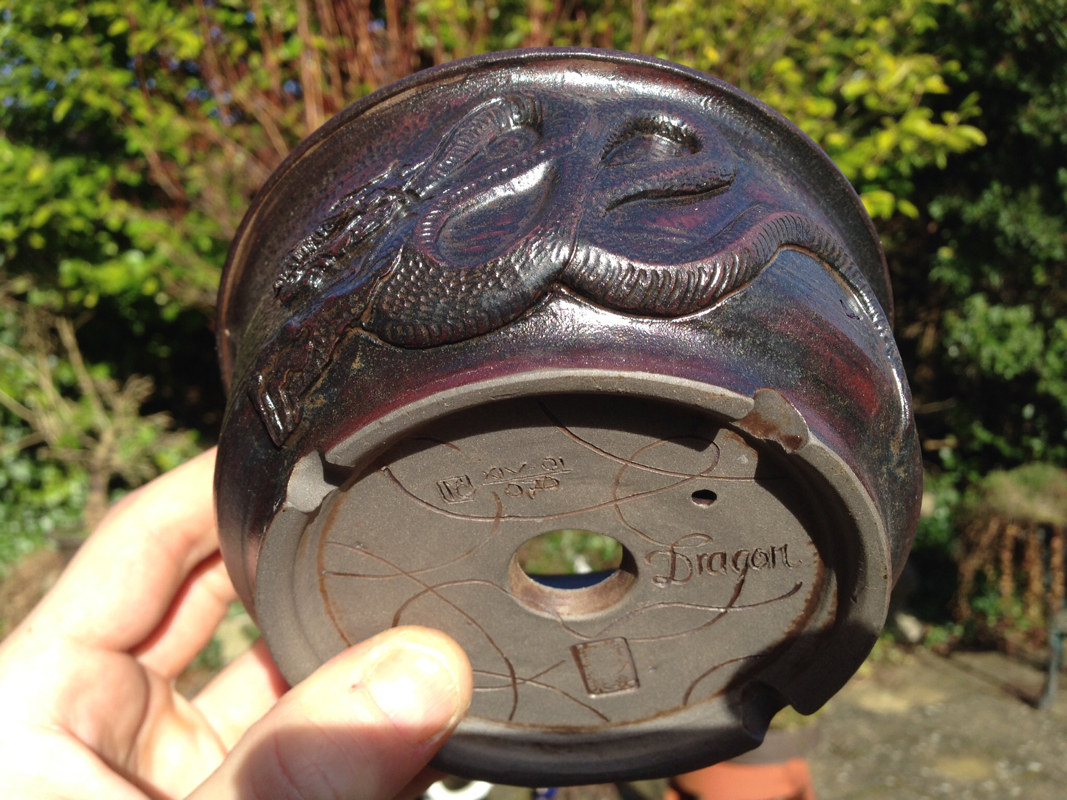
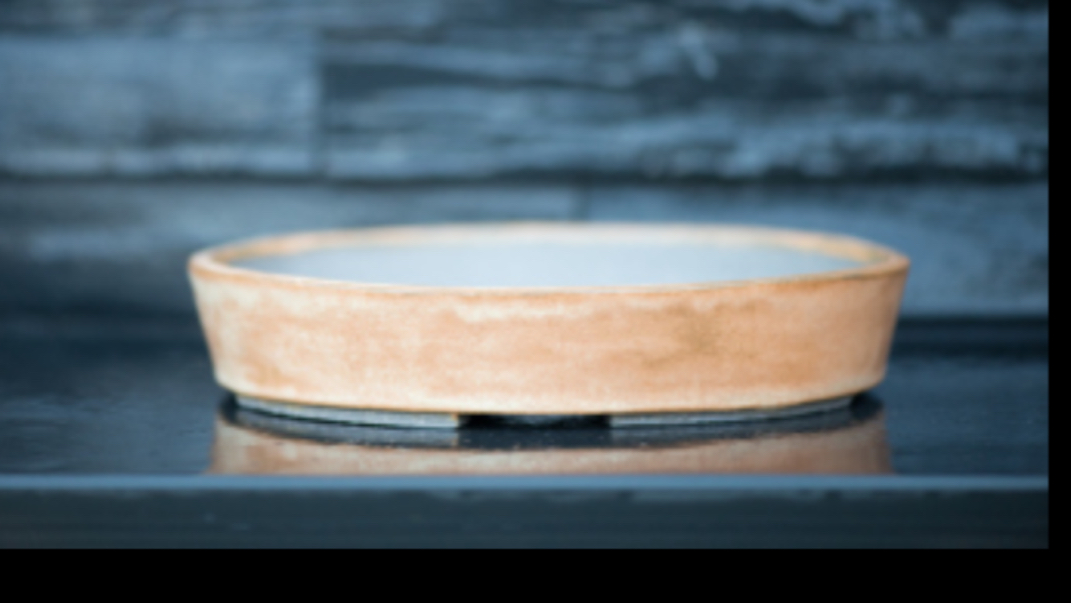
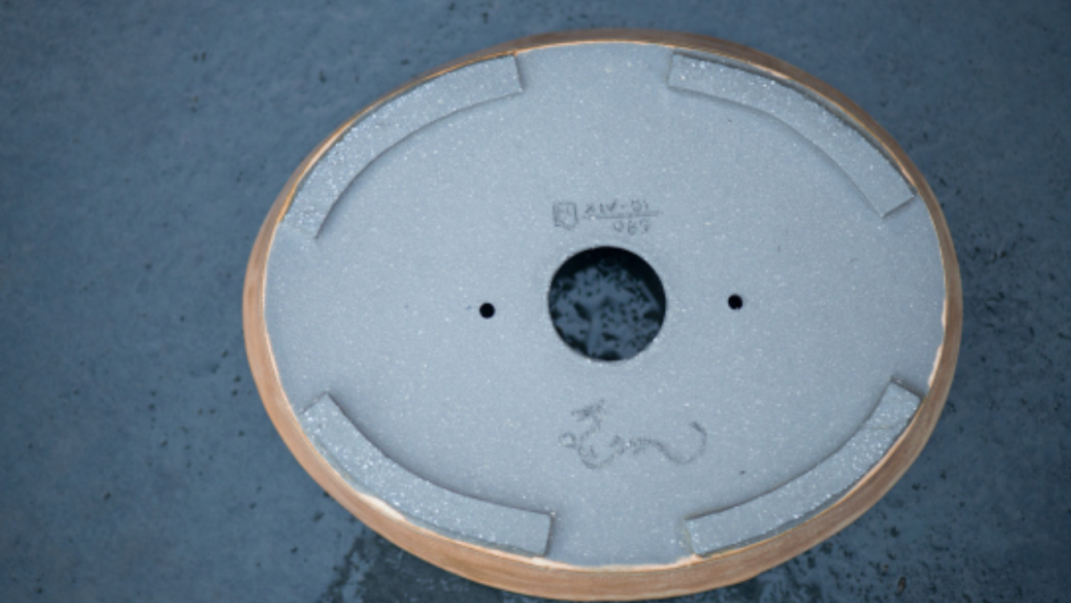
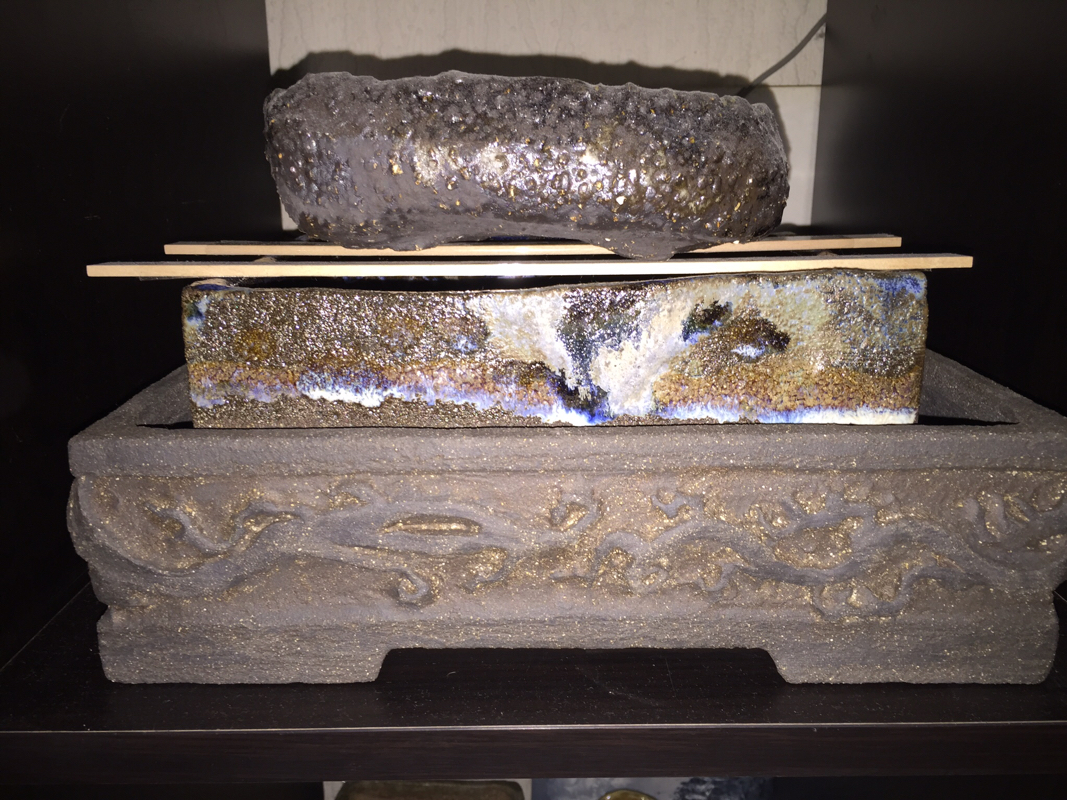
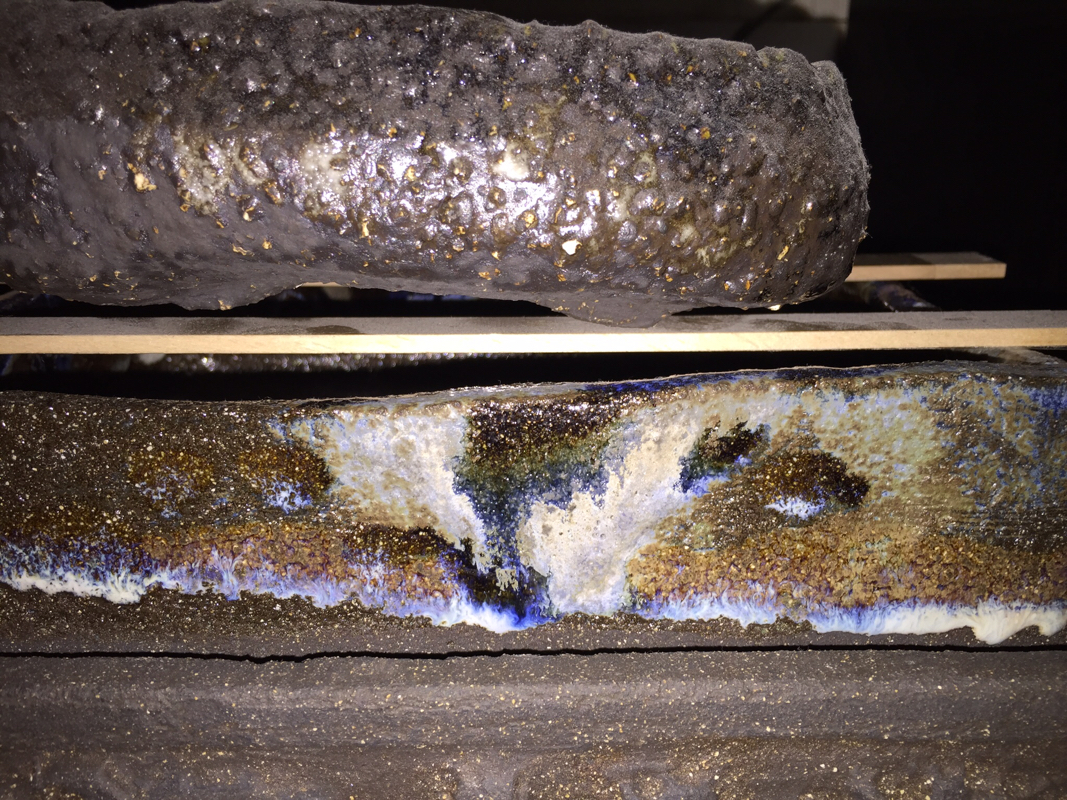
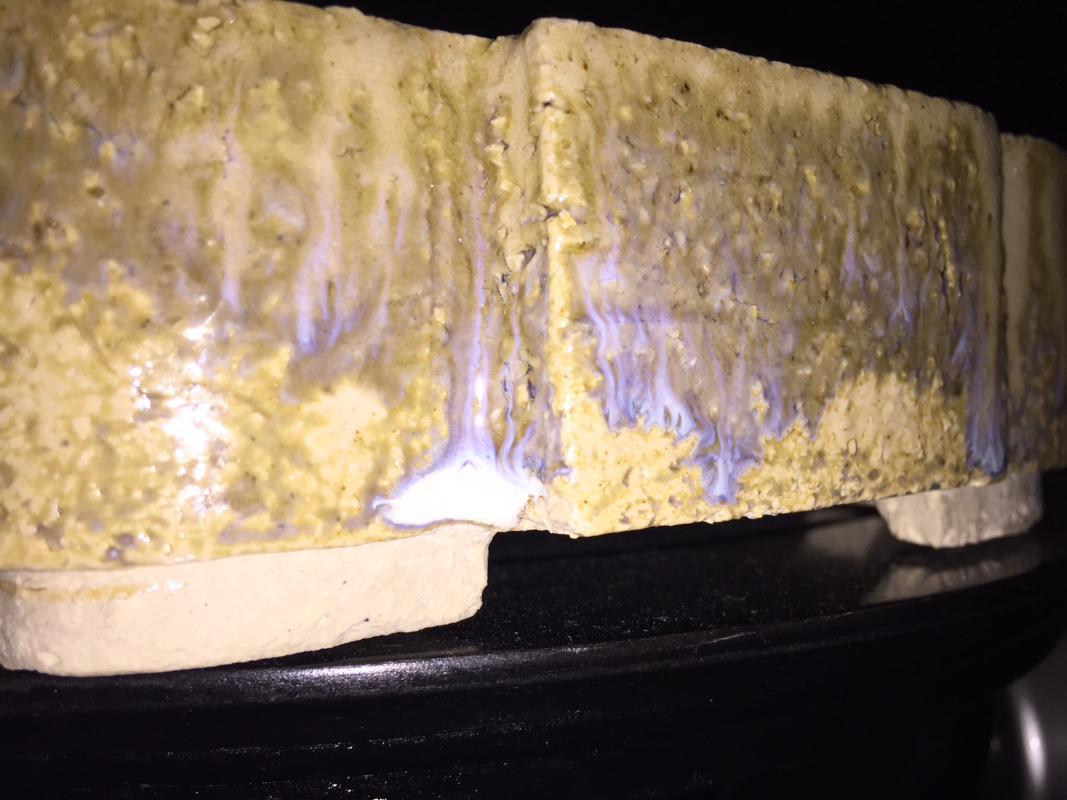
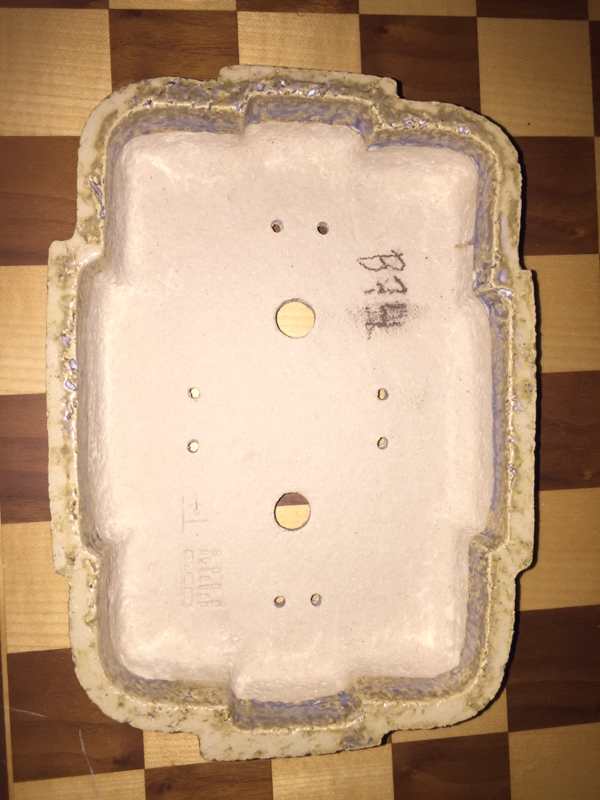
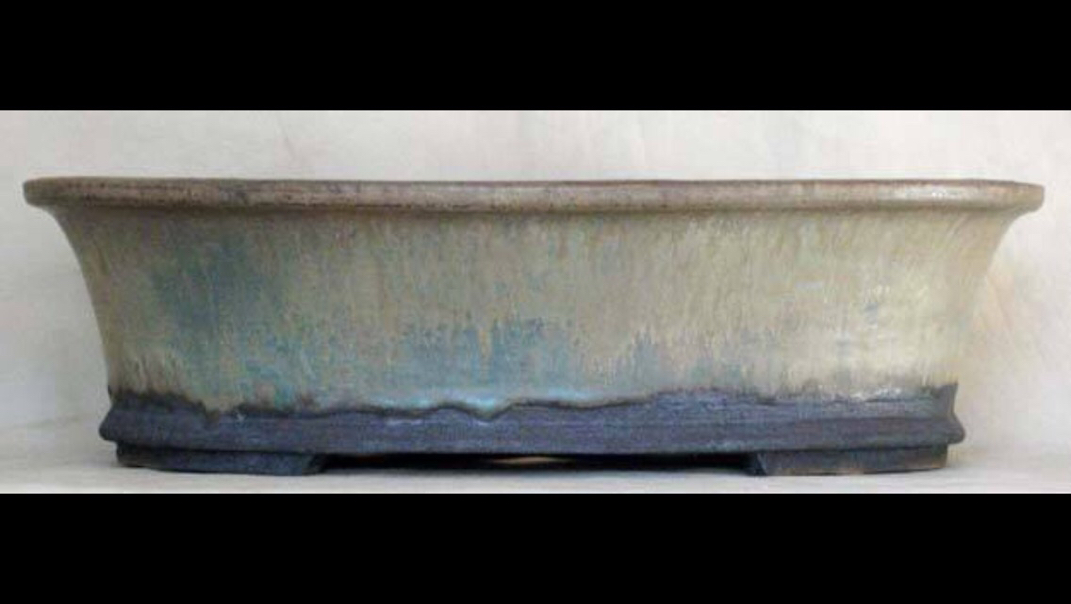
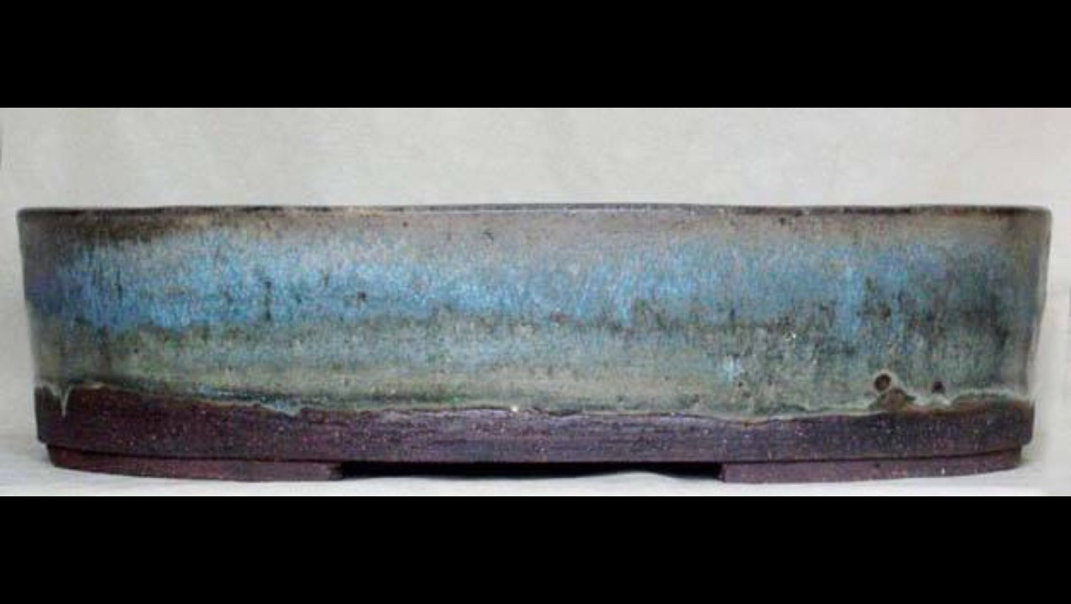
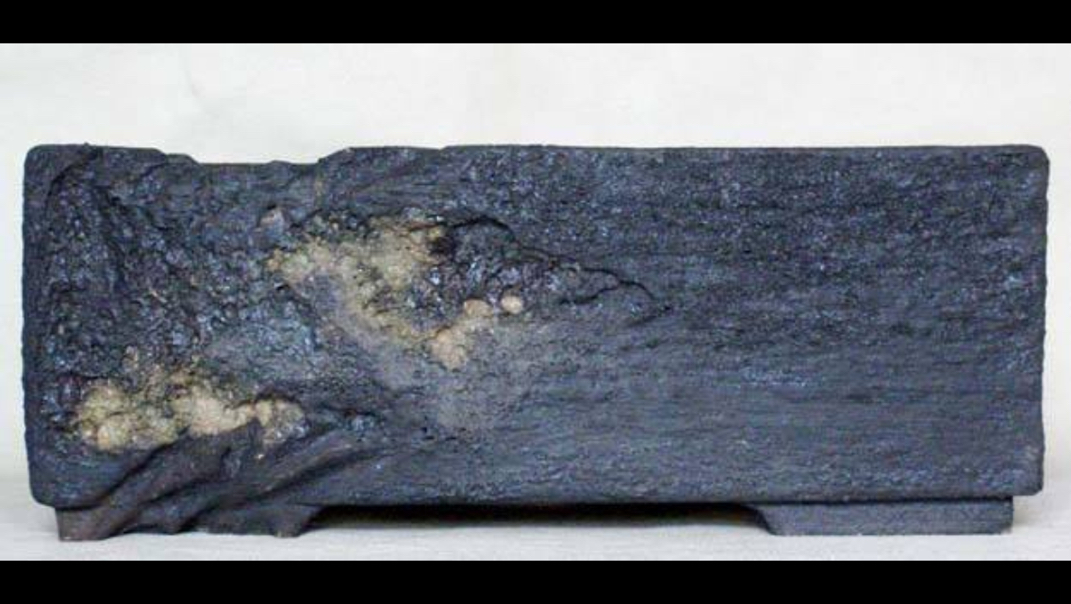

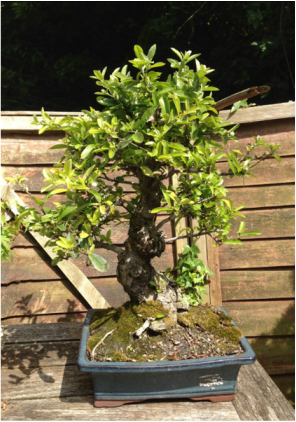
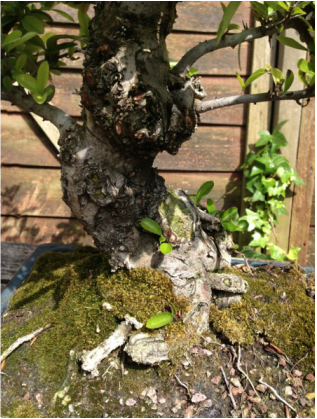
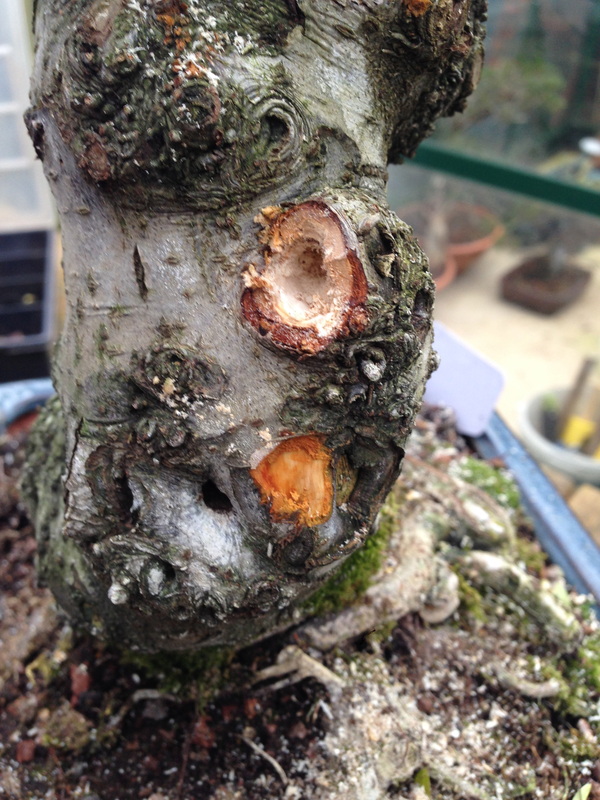
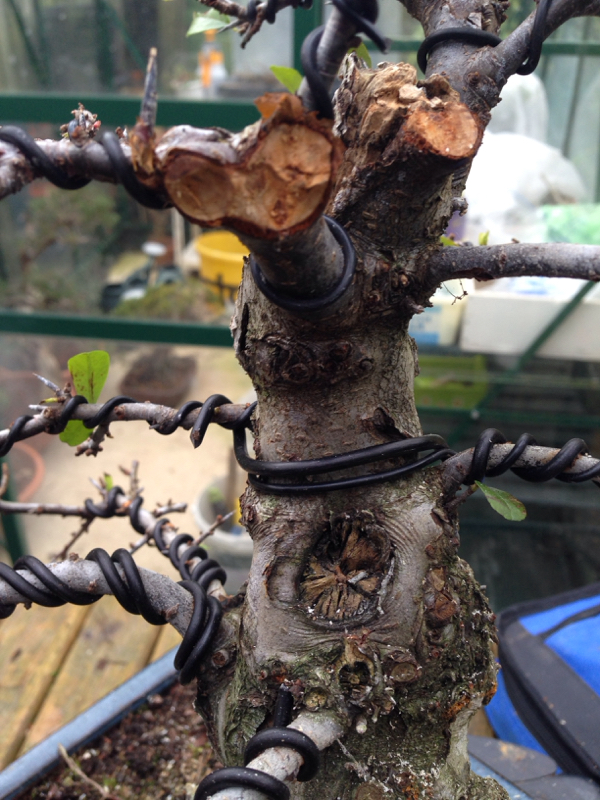
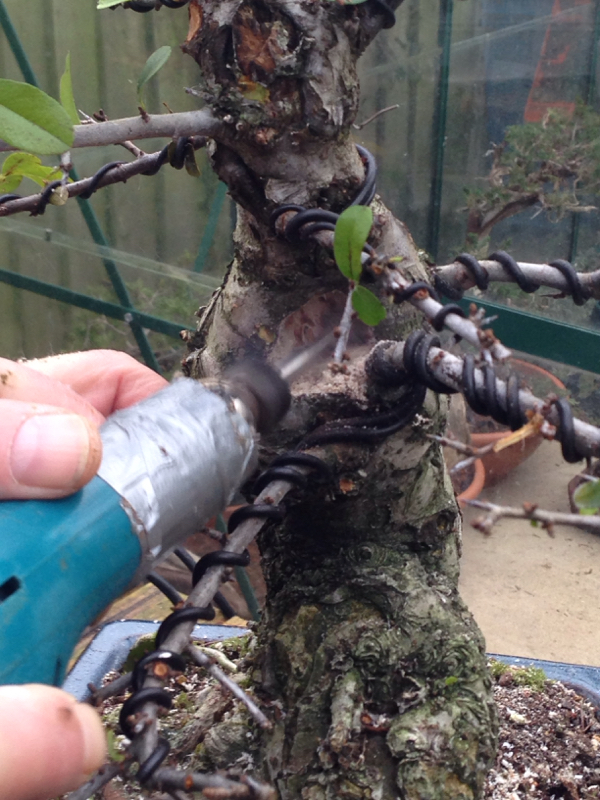
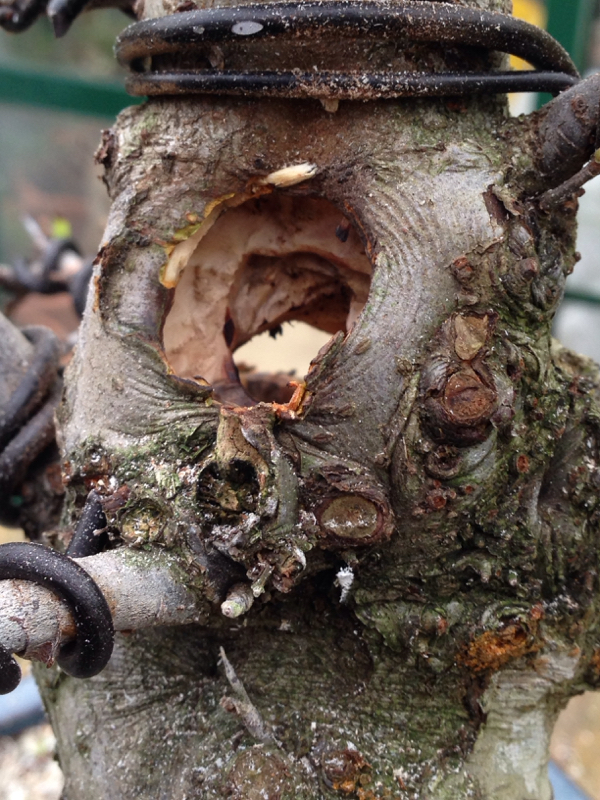
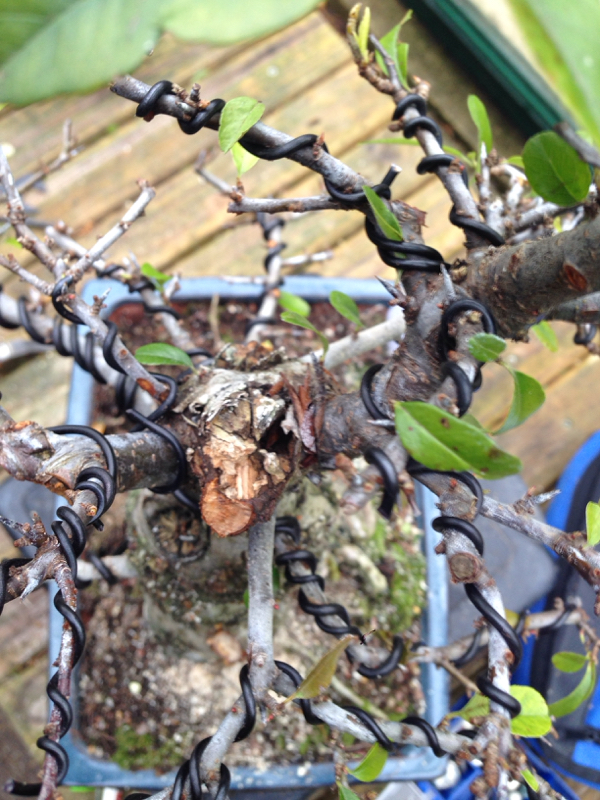
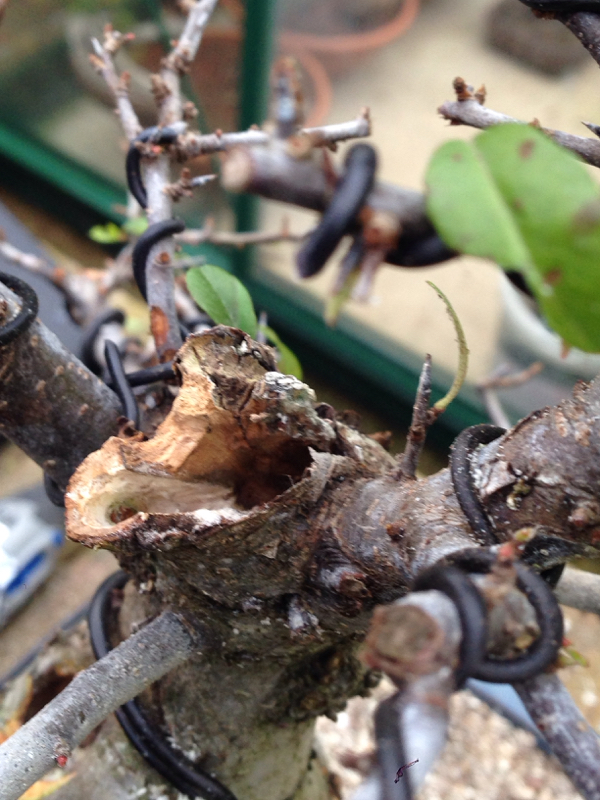
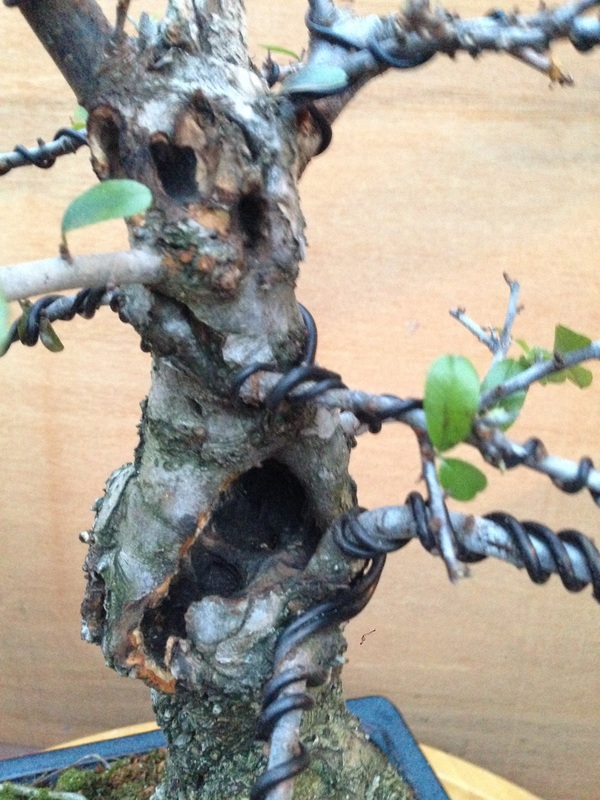
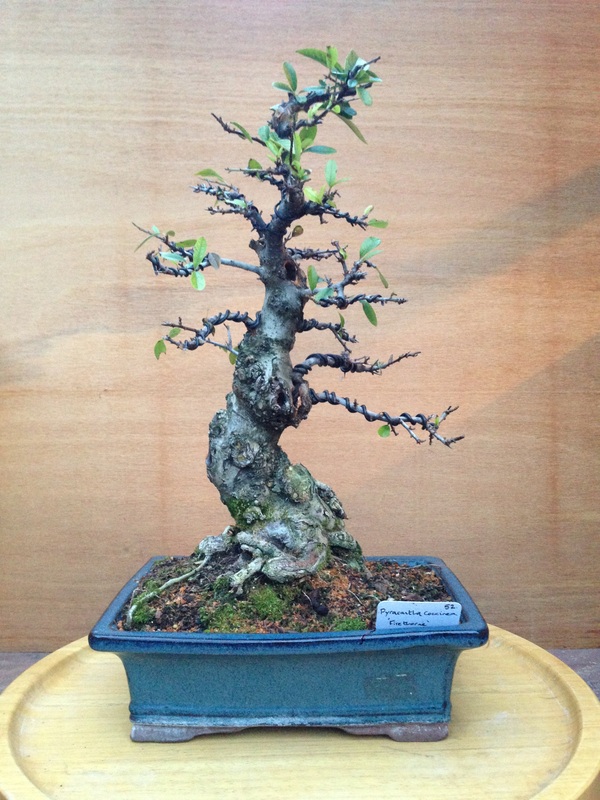
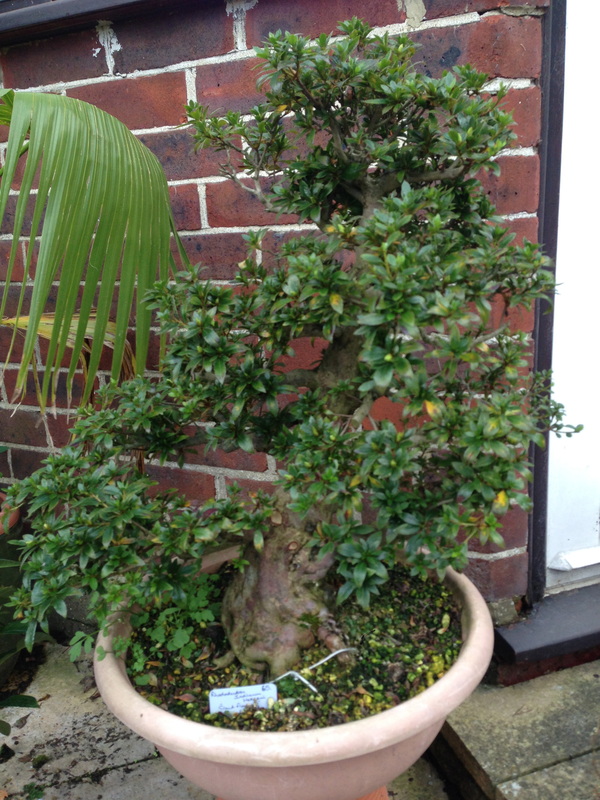
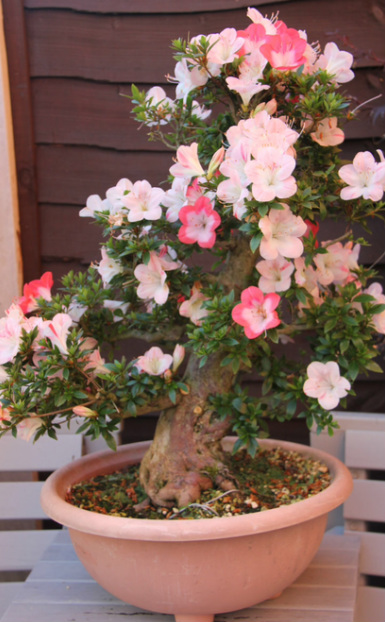
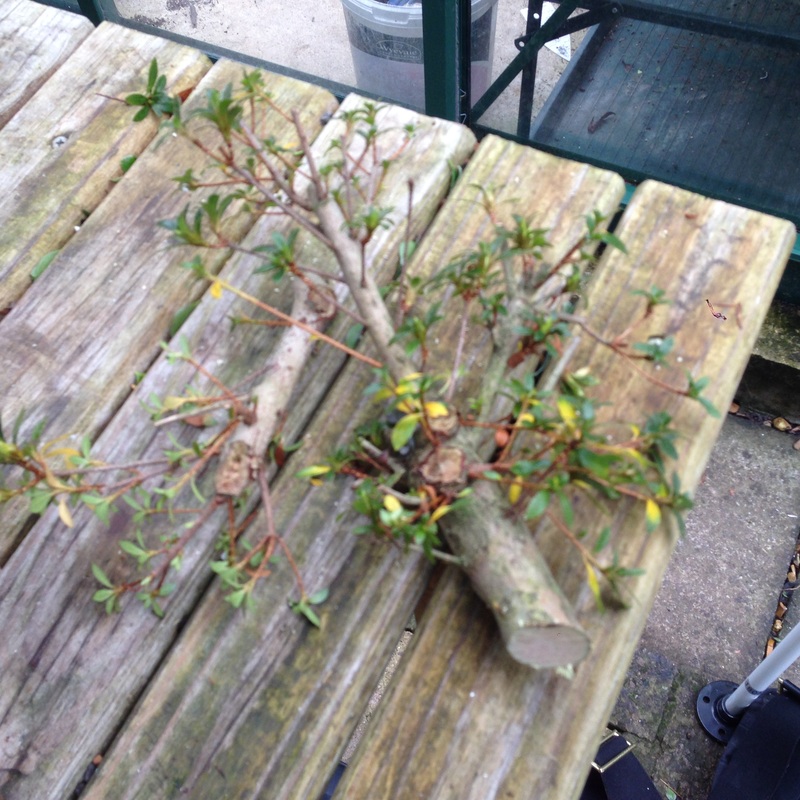
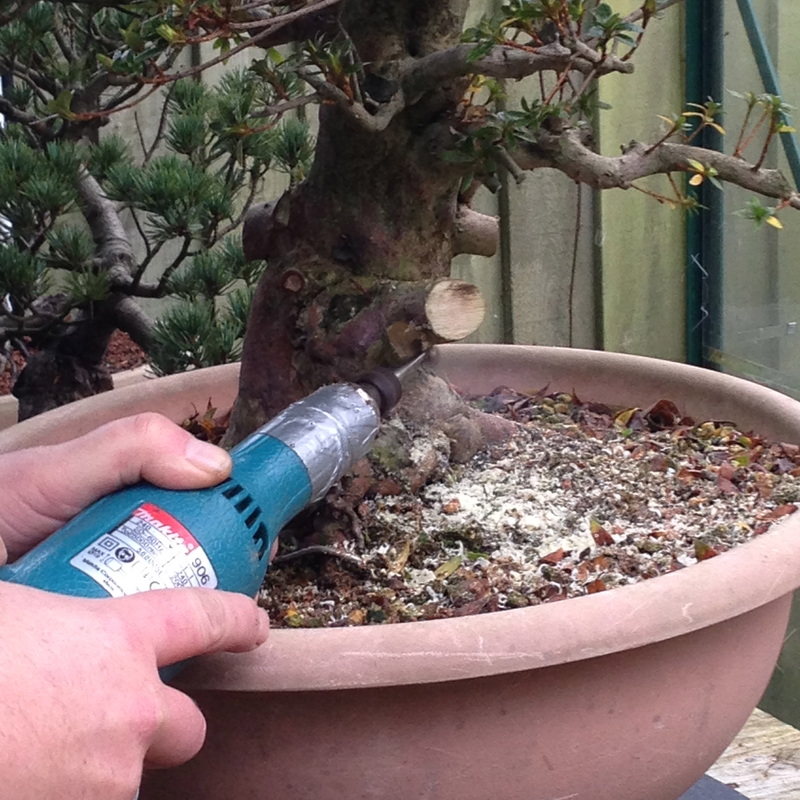
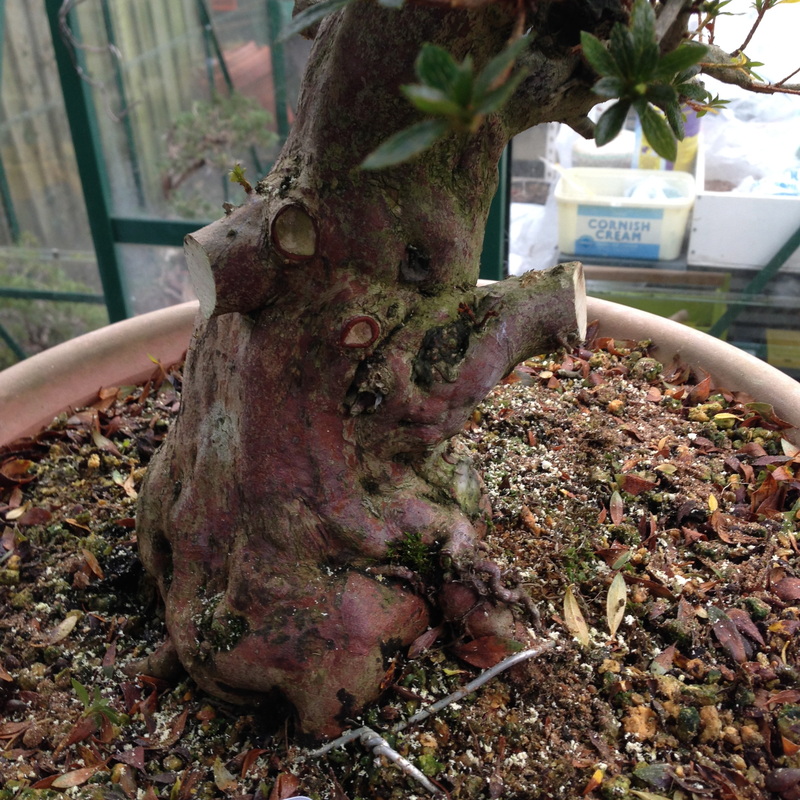
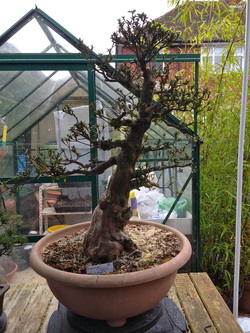
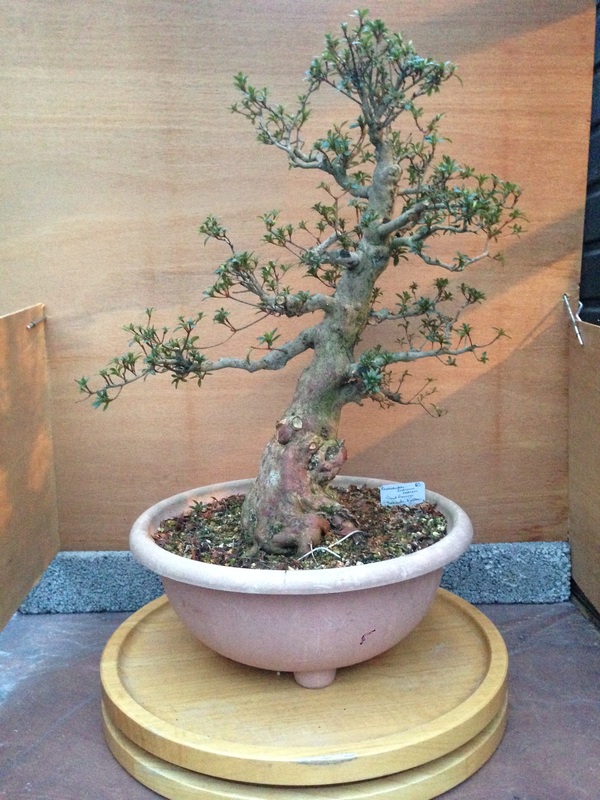
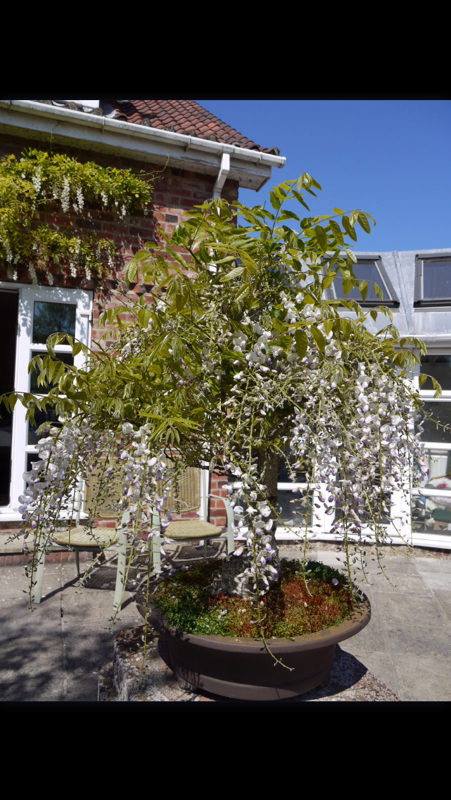
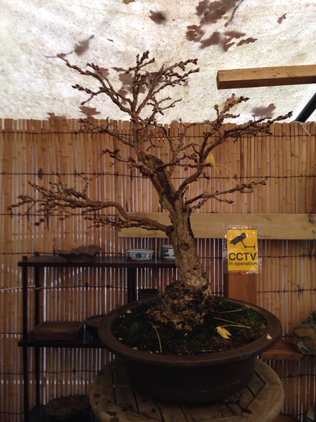
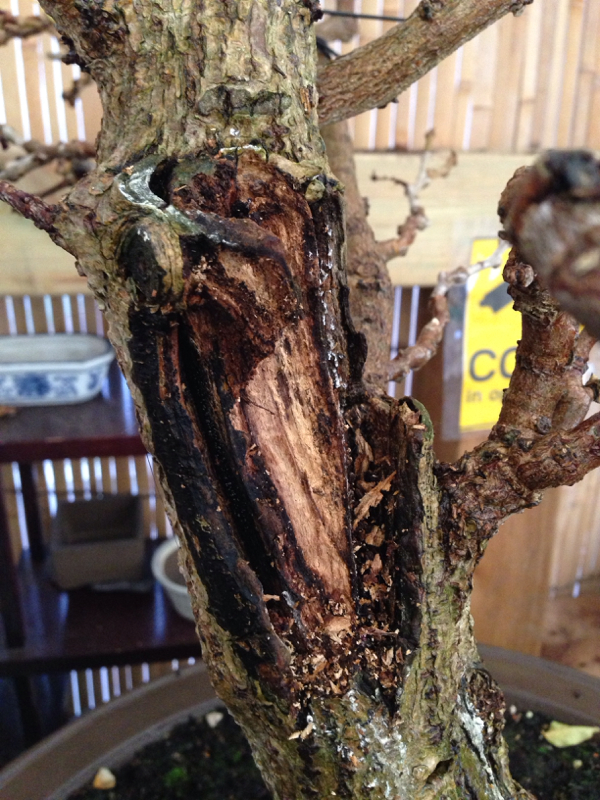
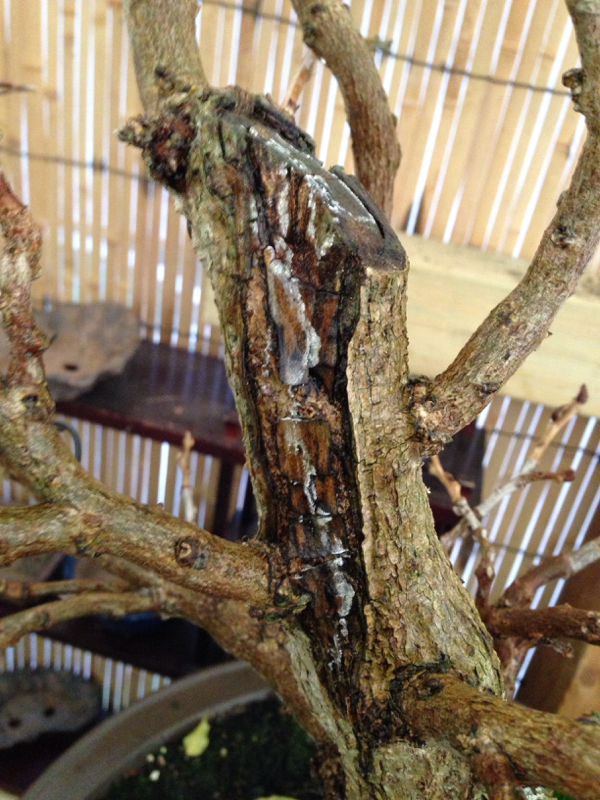
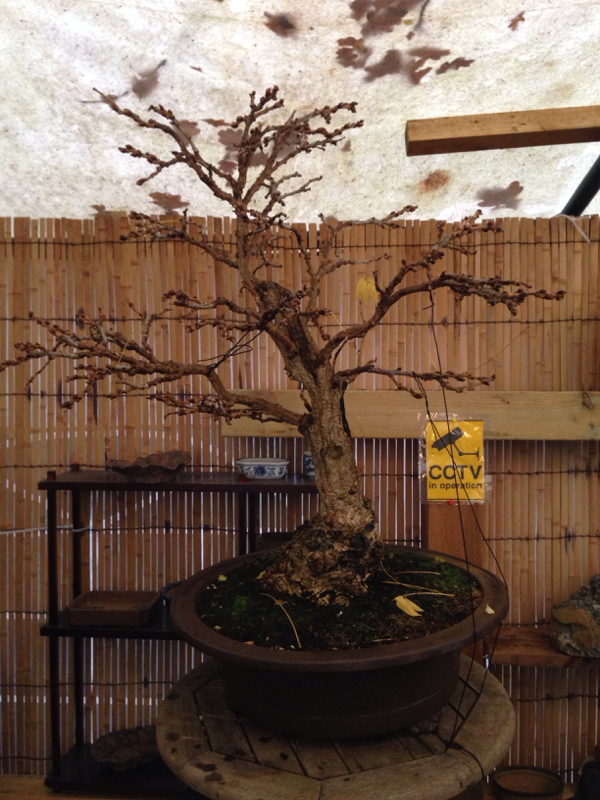
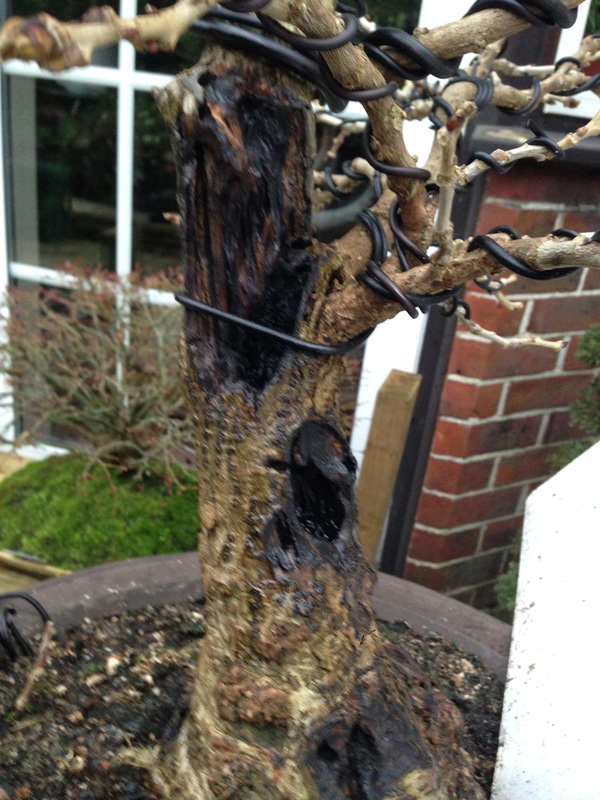
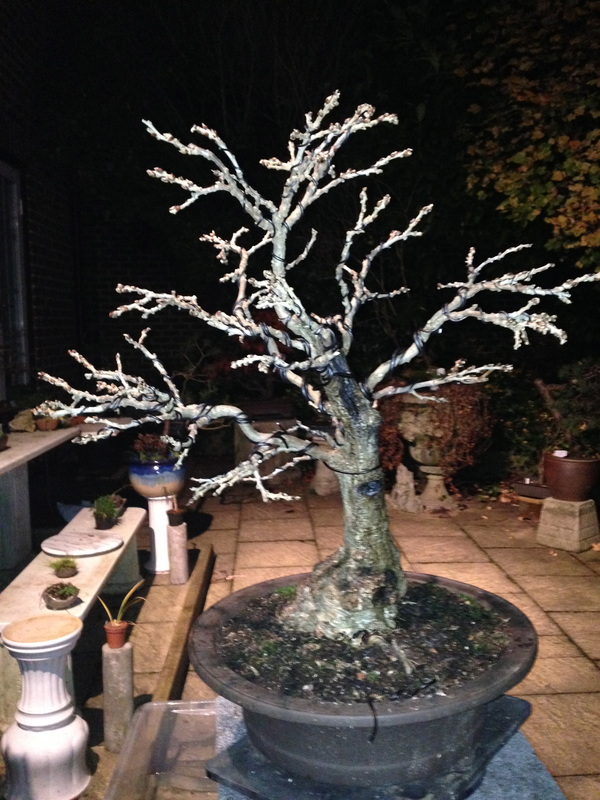
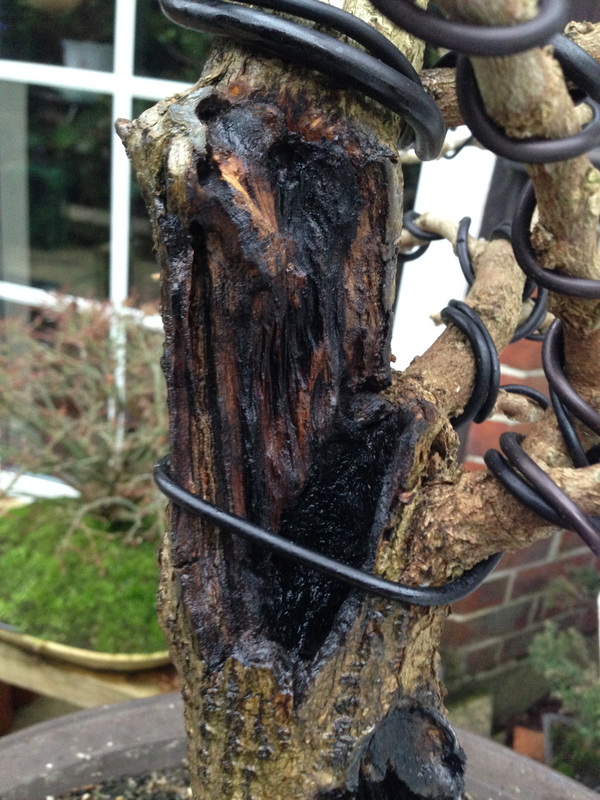
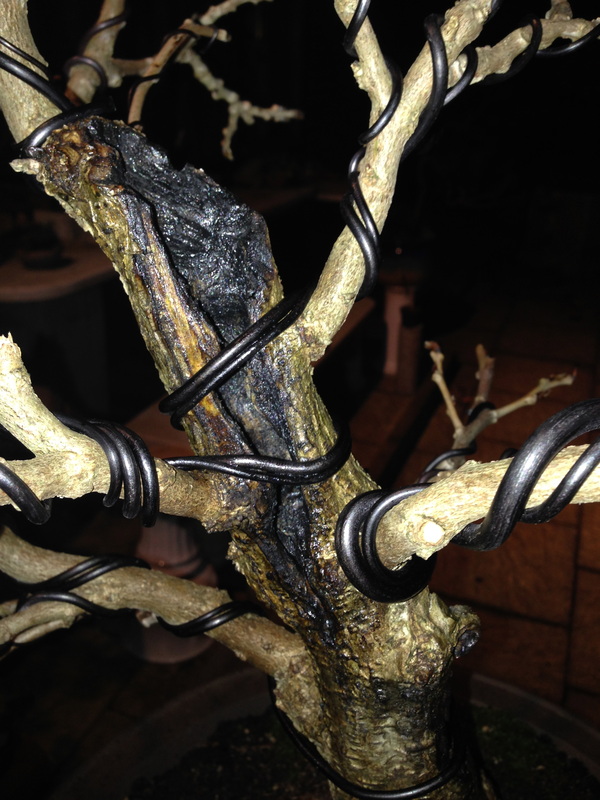
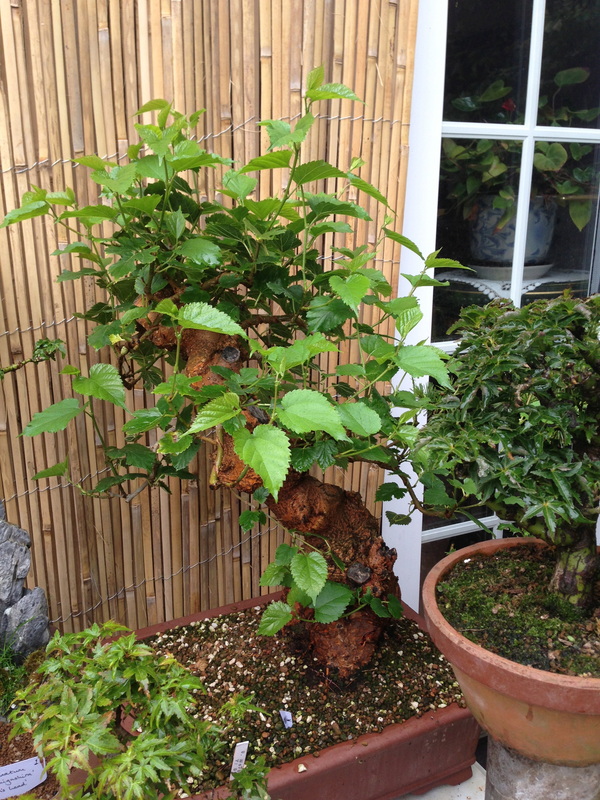
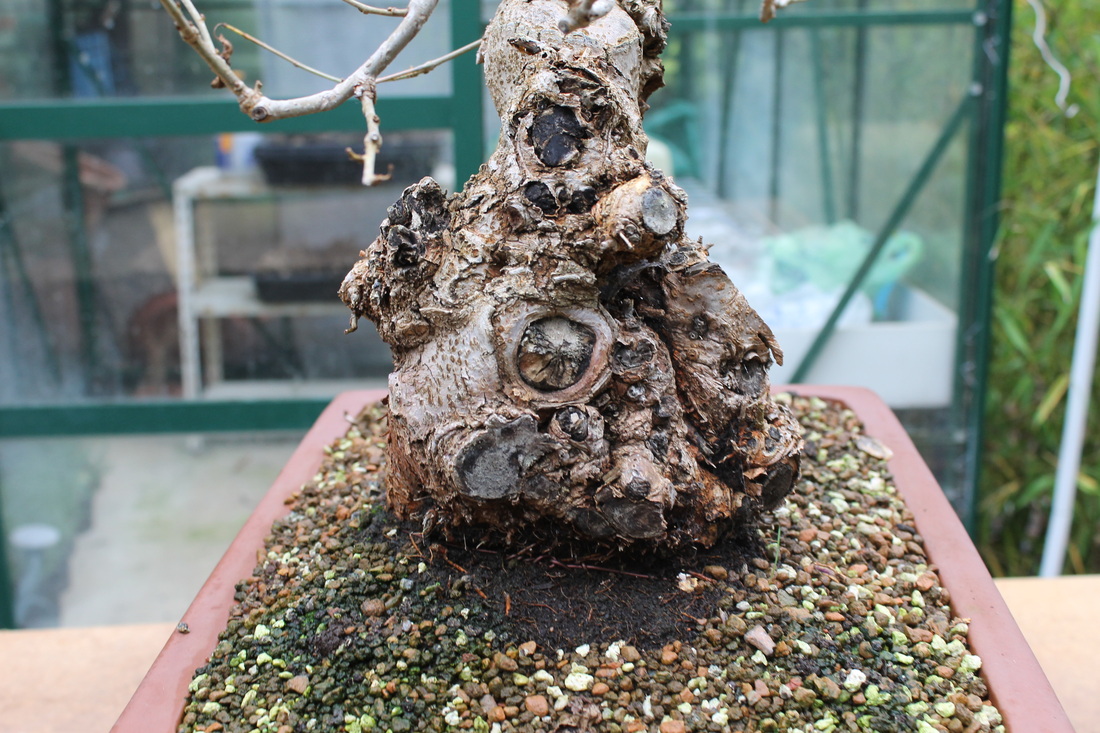
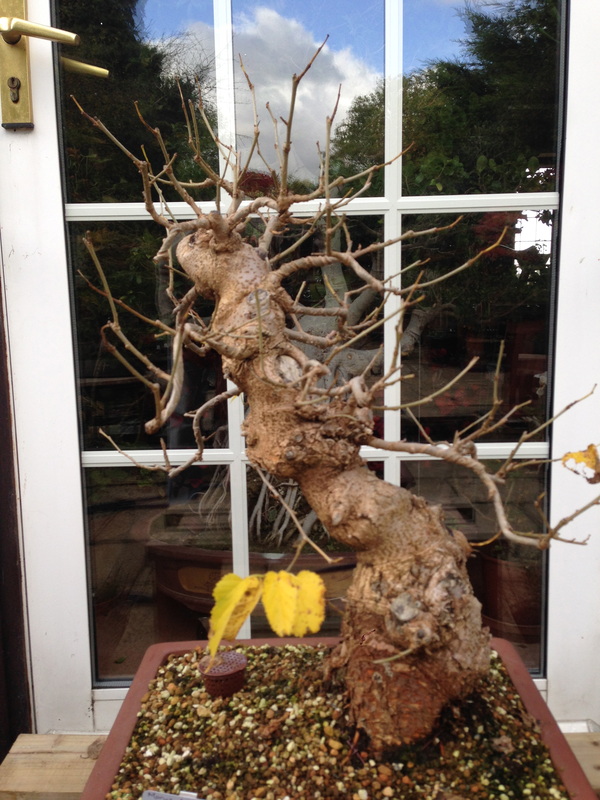

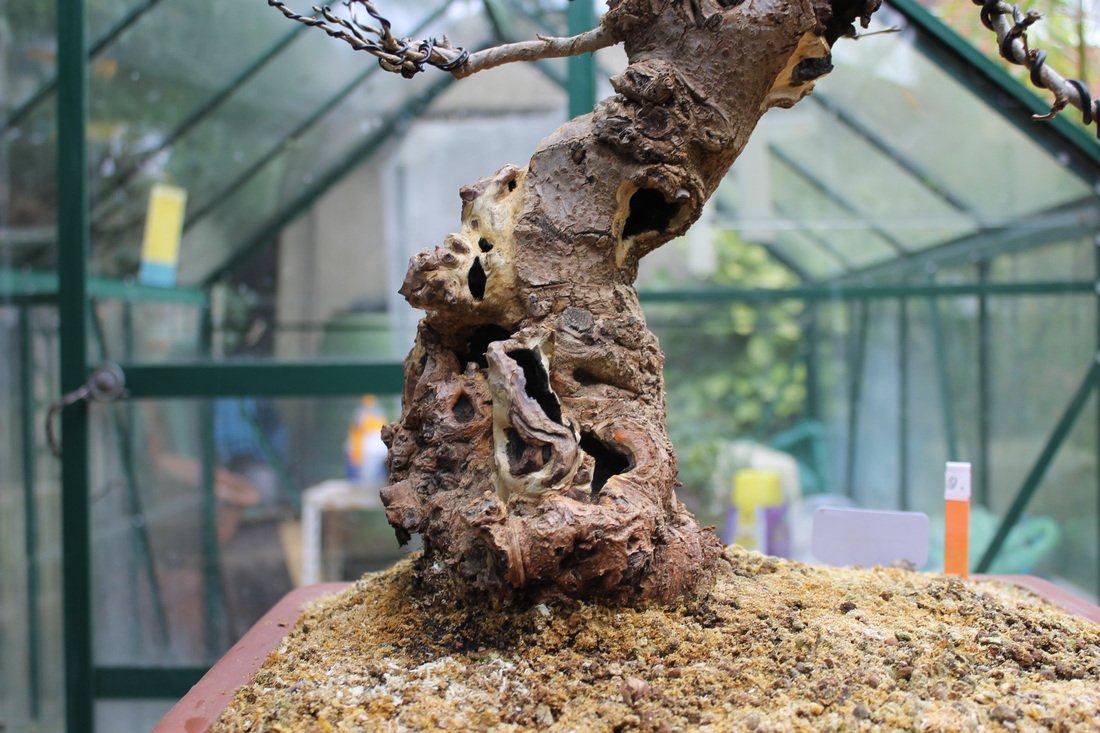
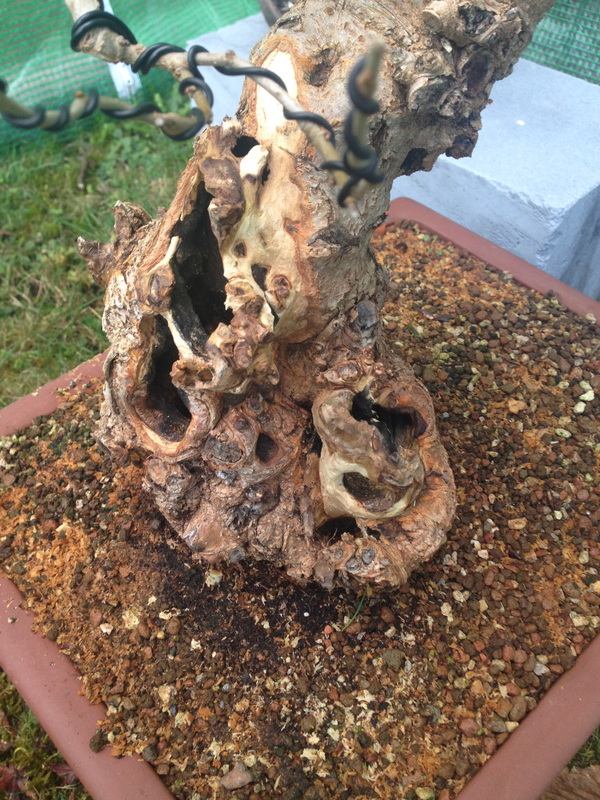

 RSS Feed
RSS Feed